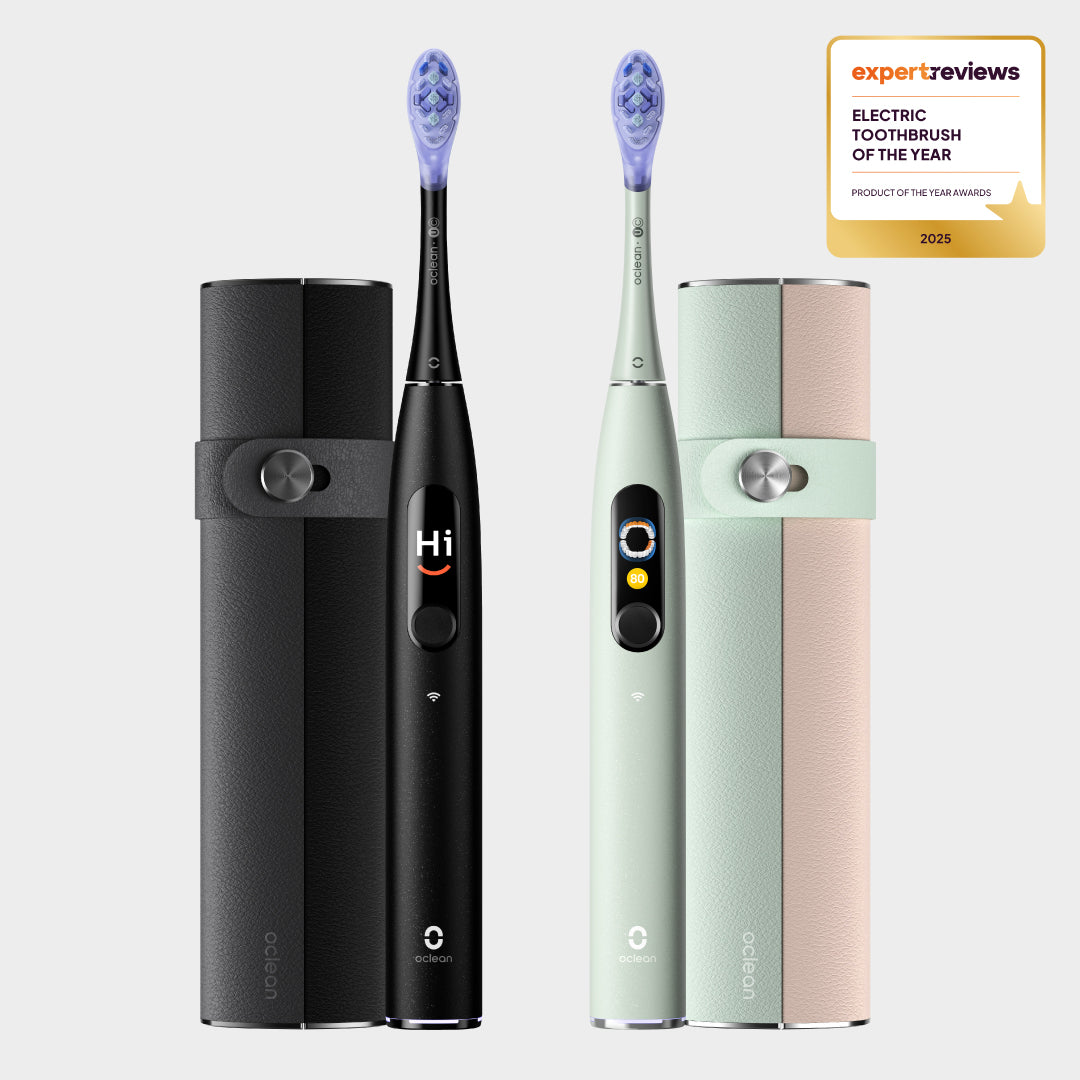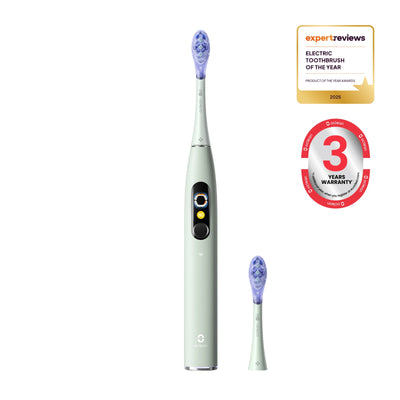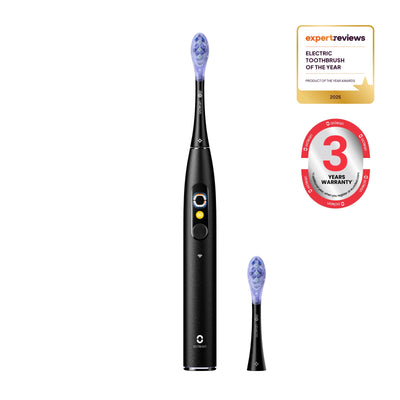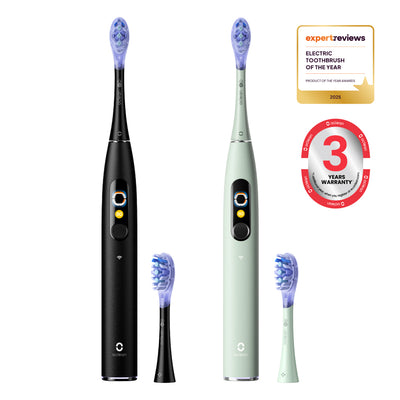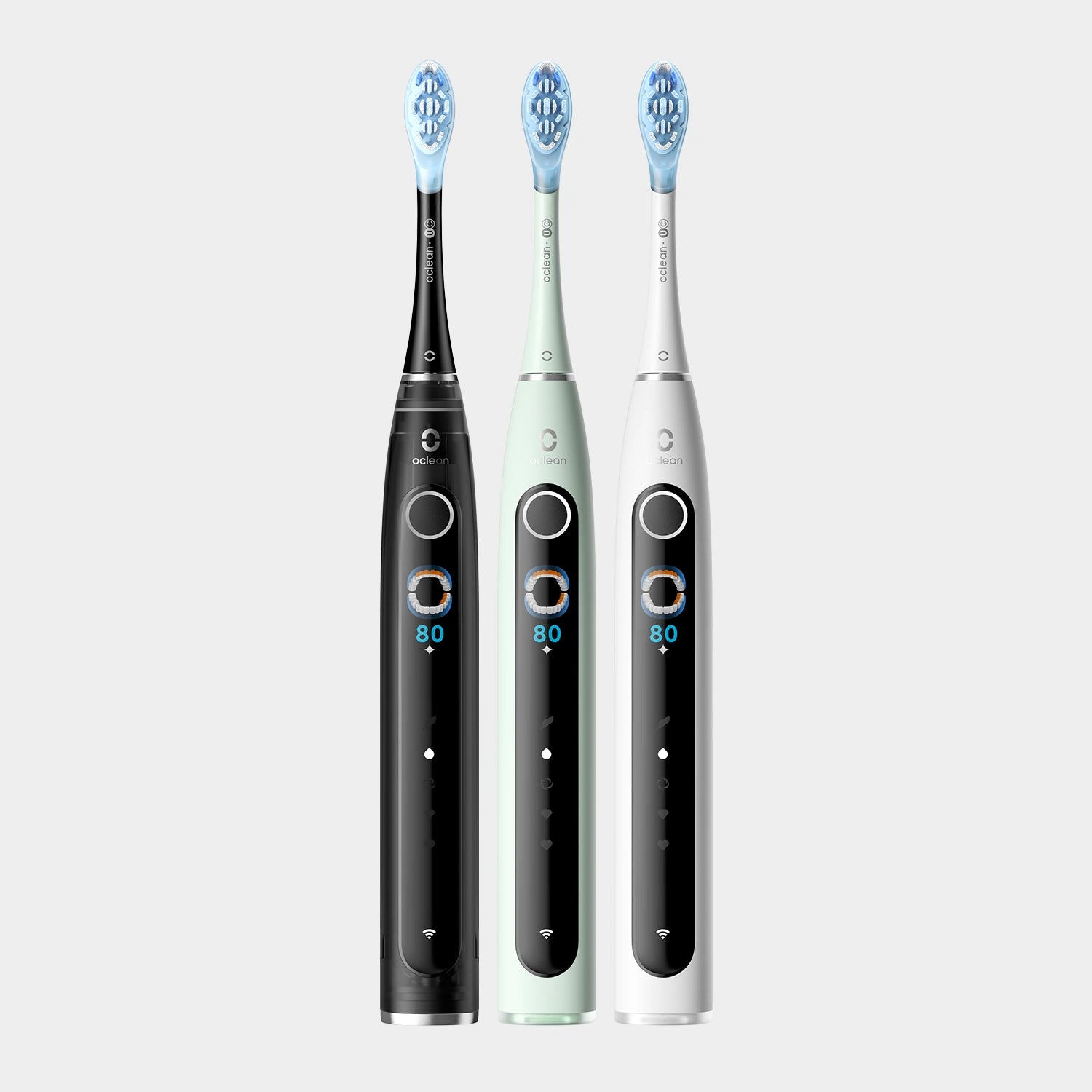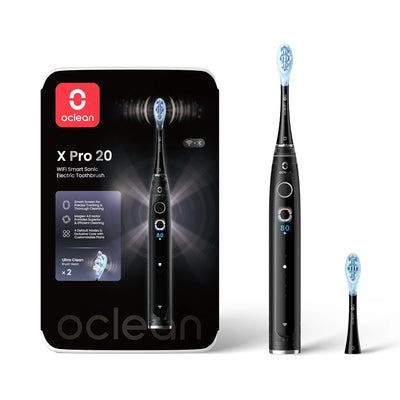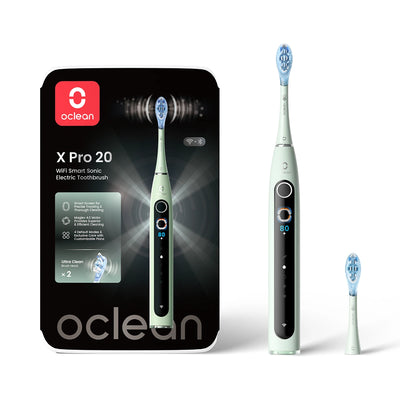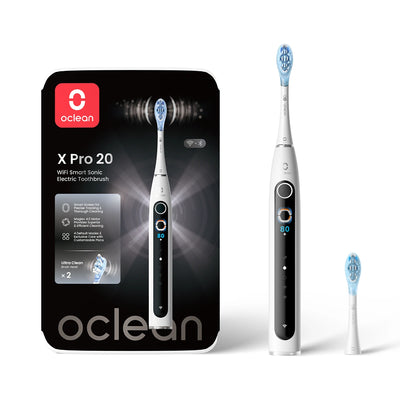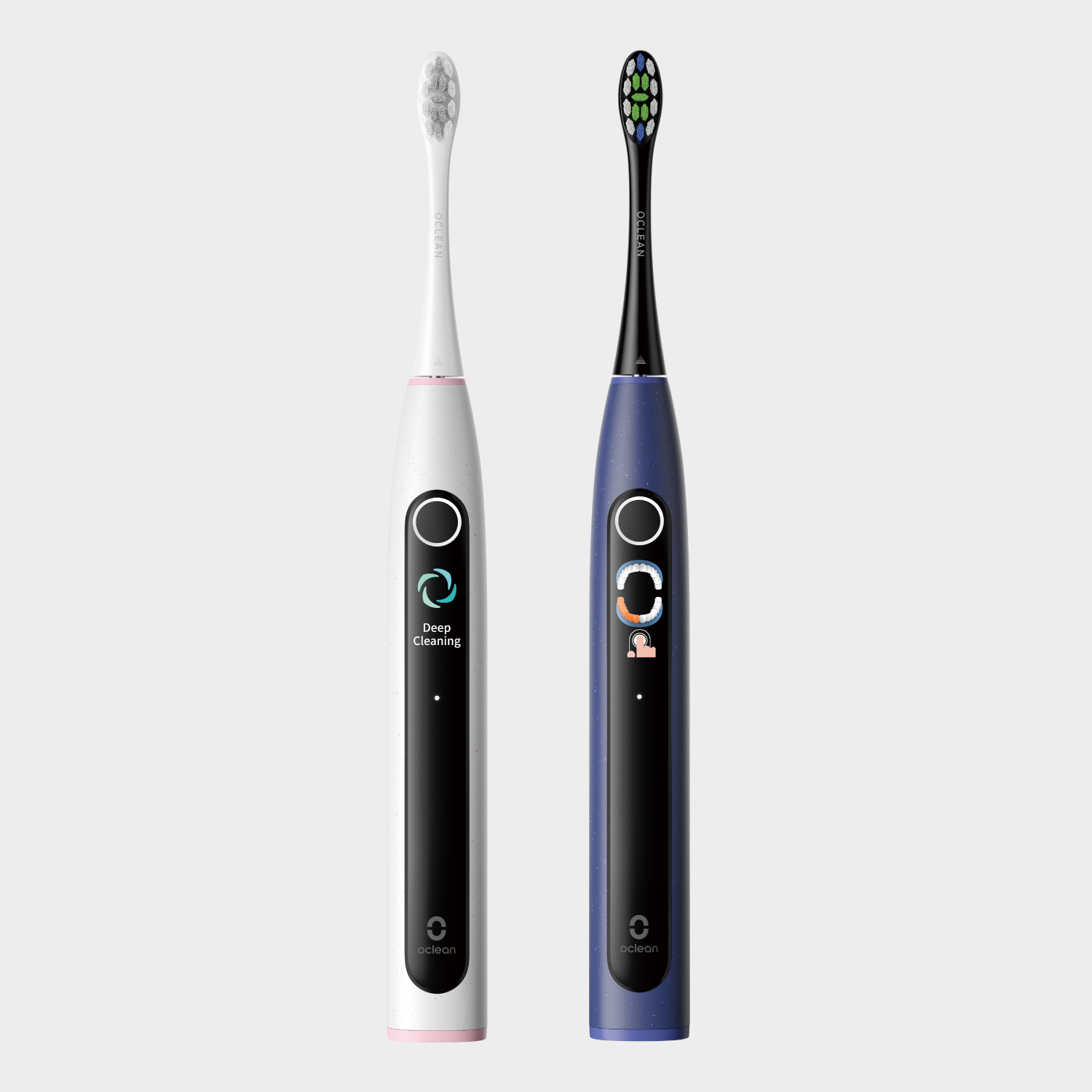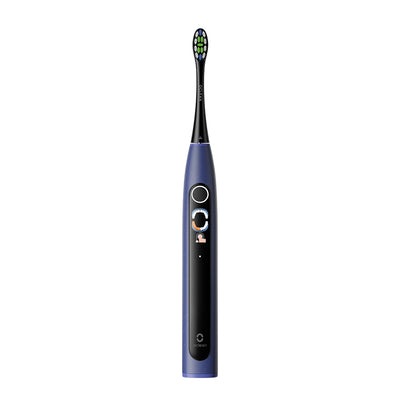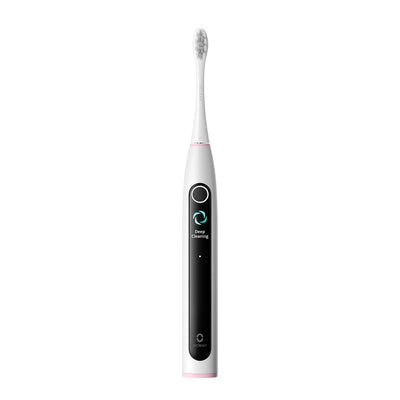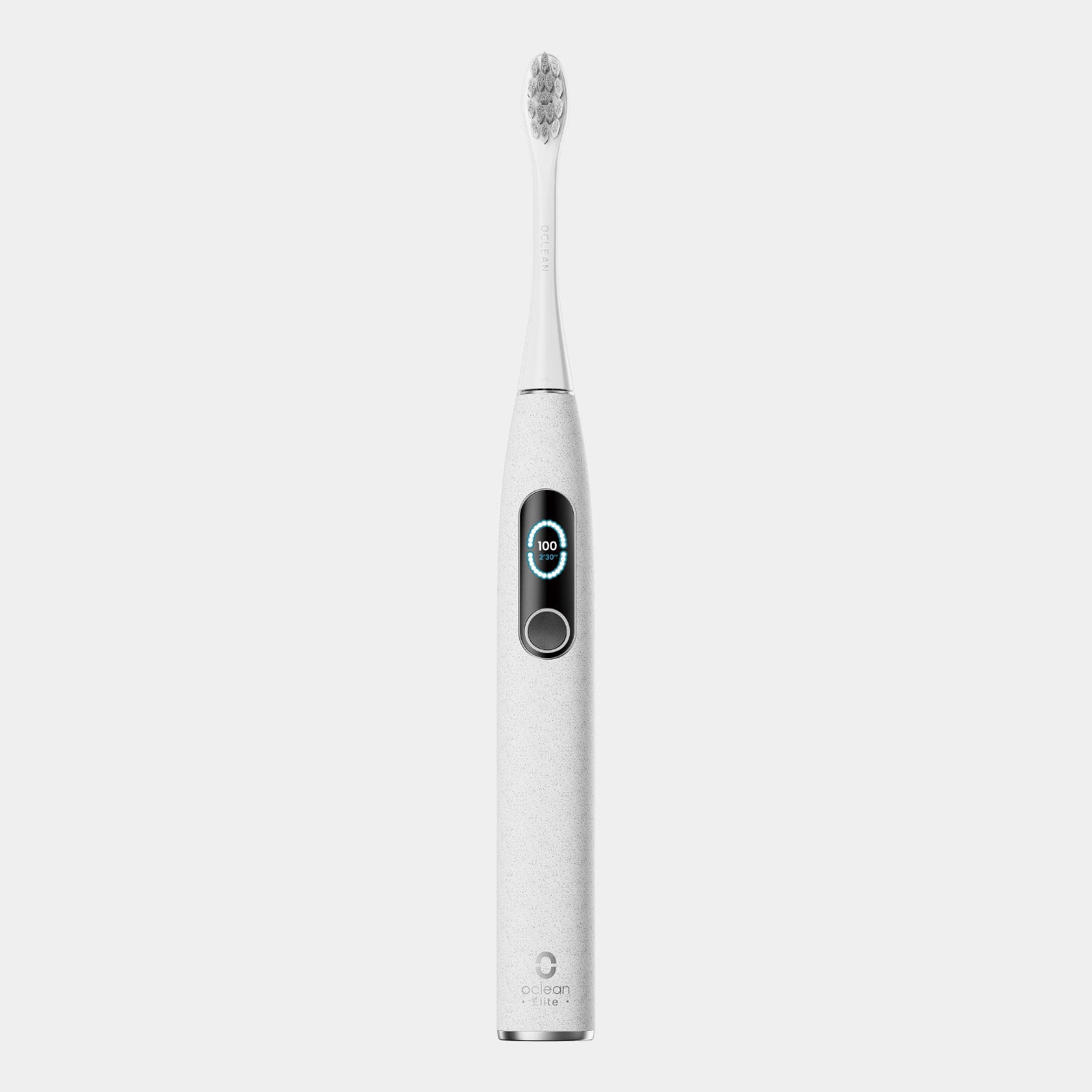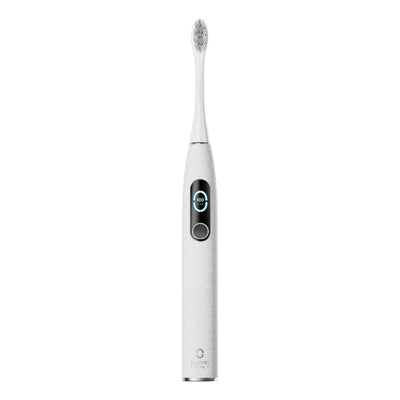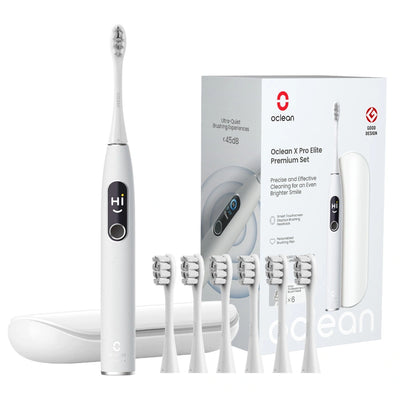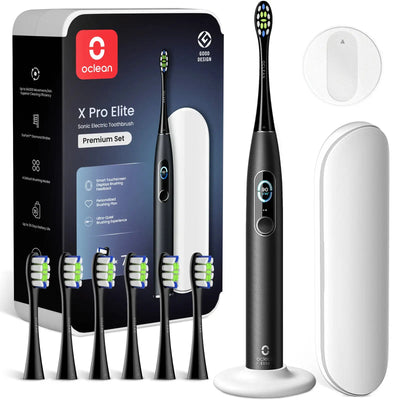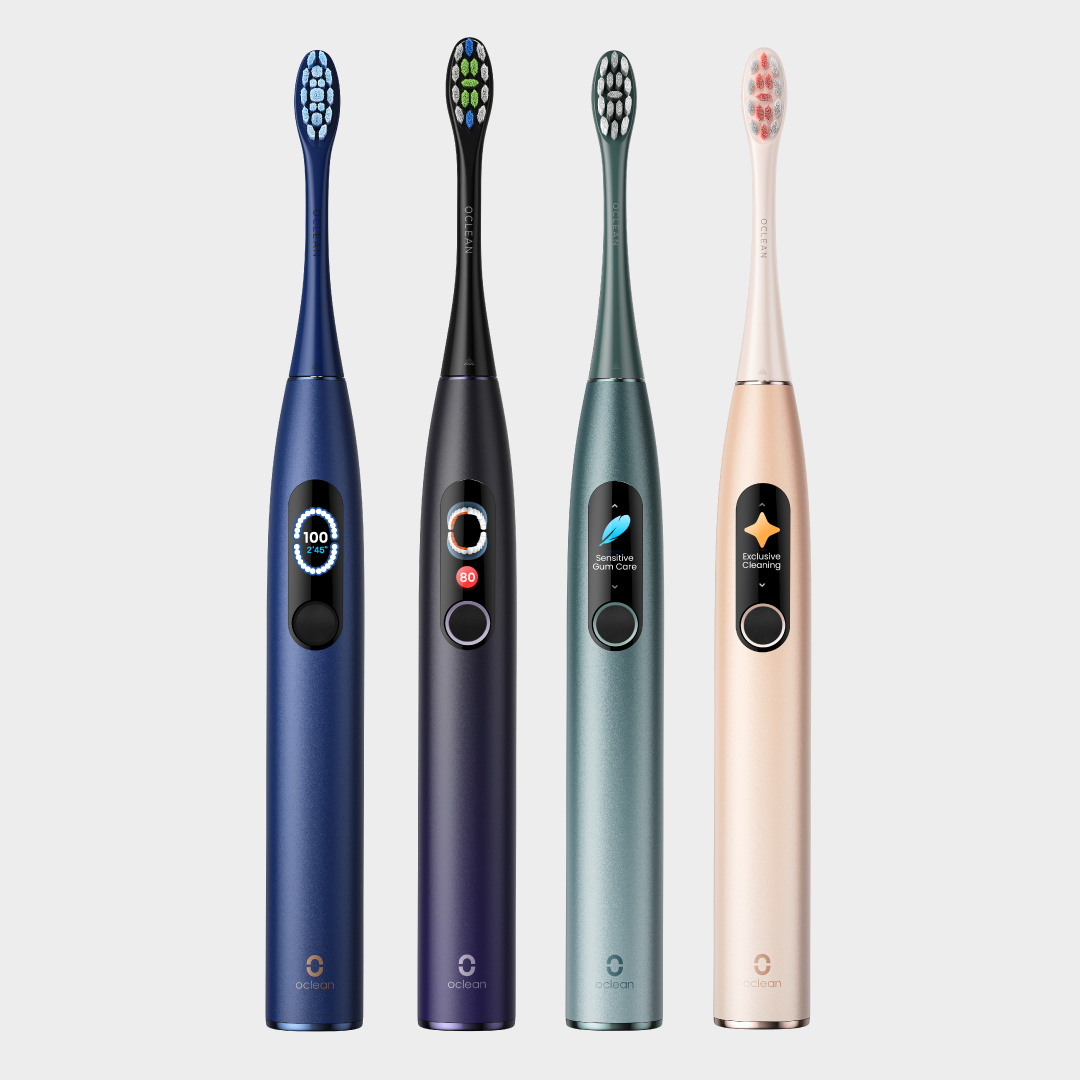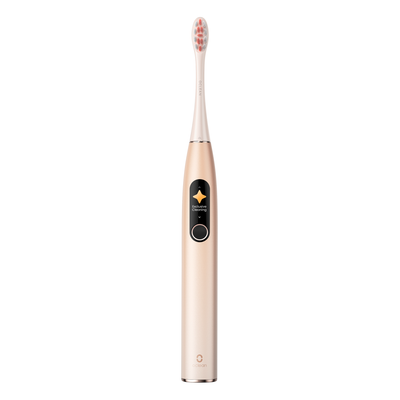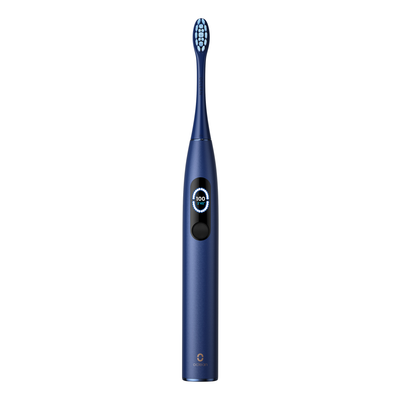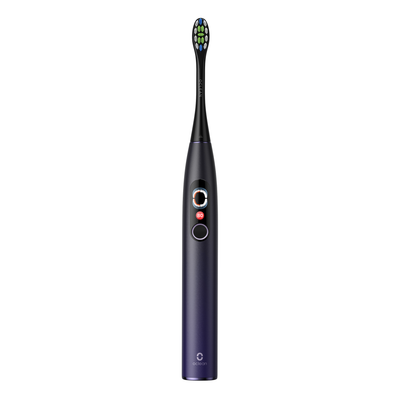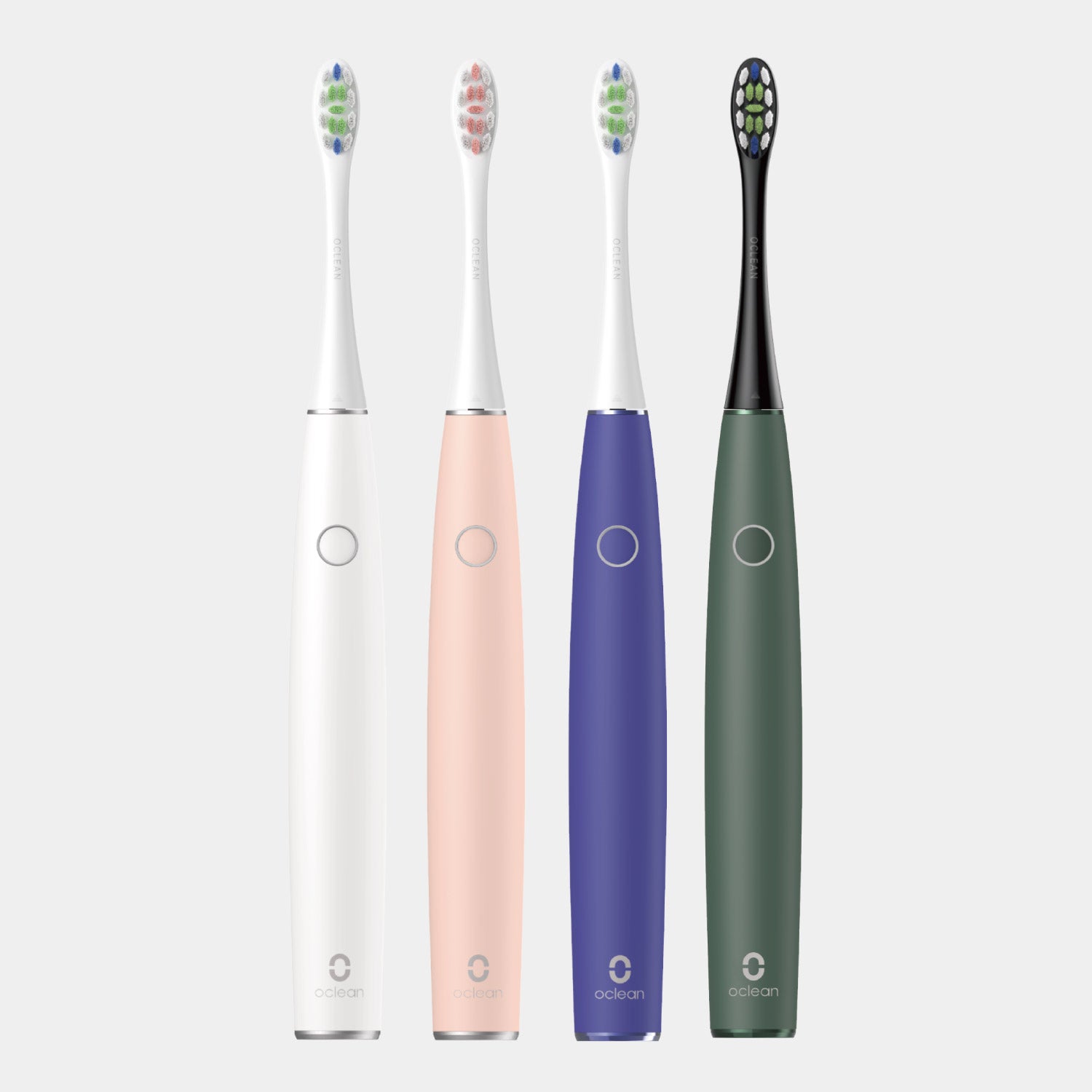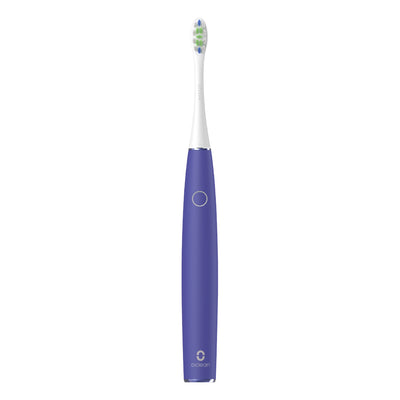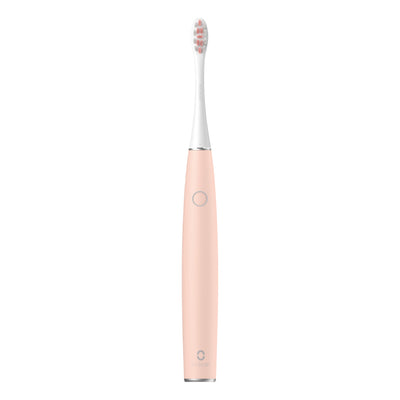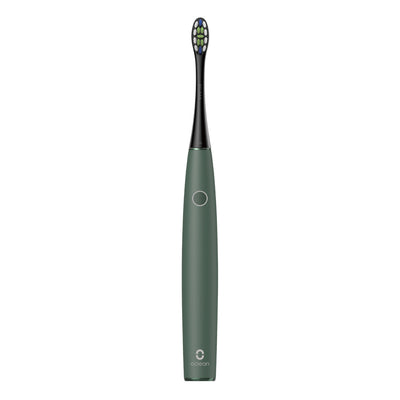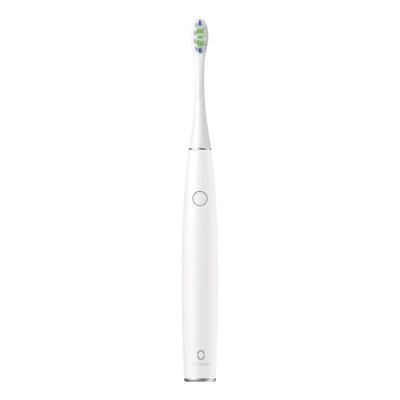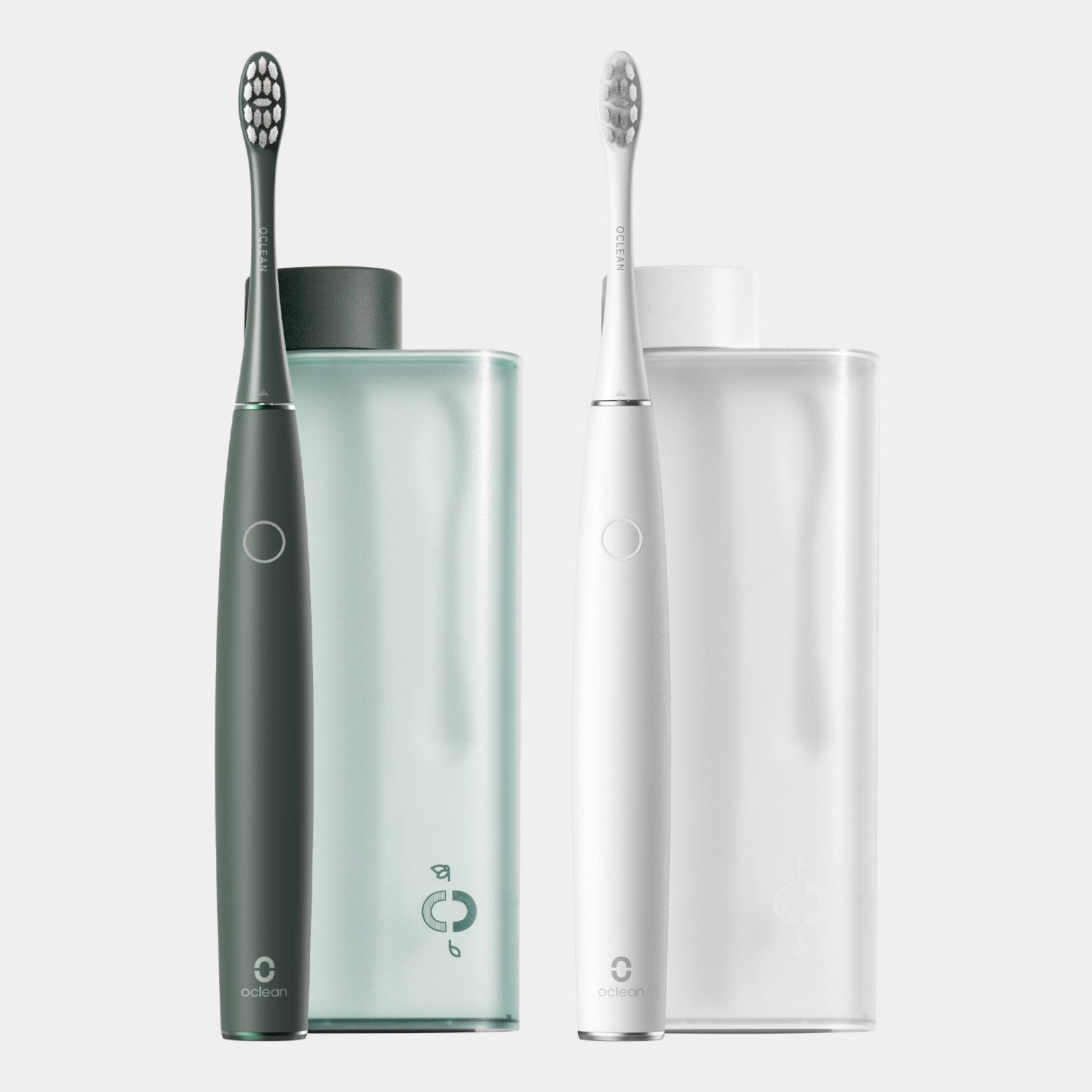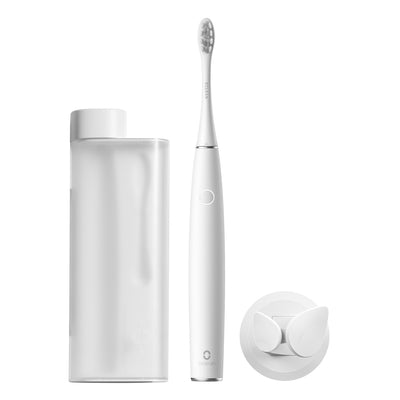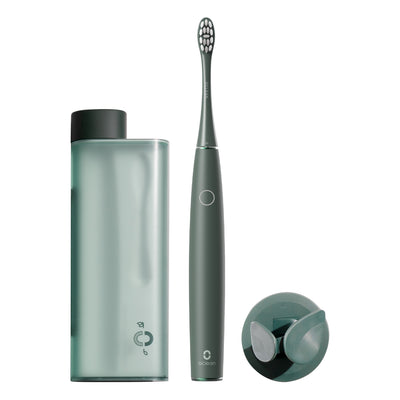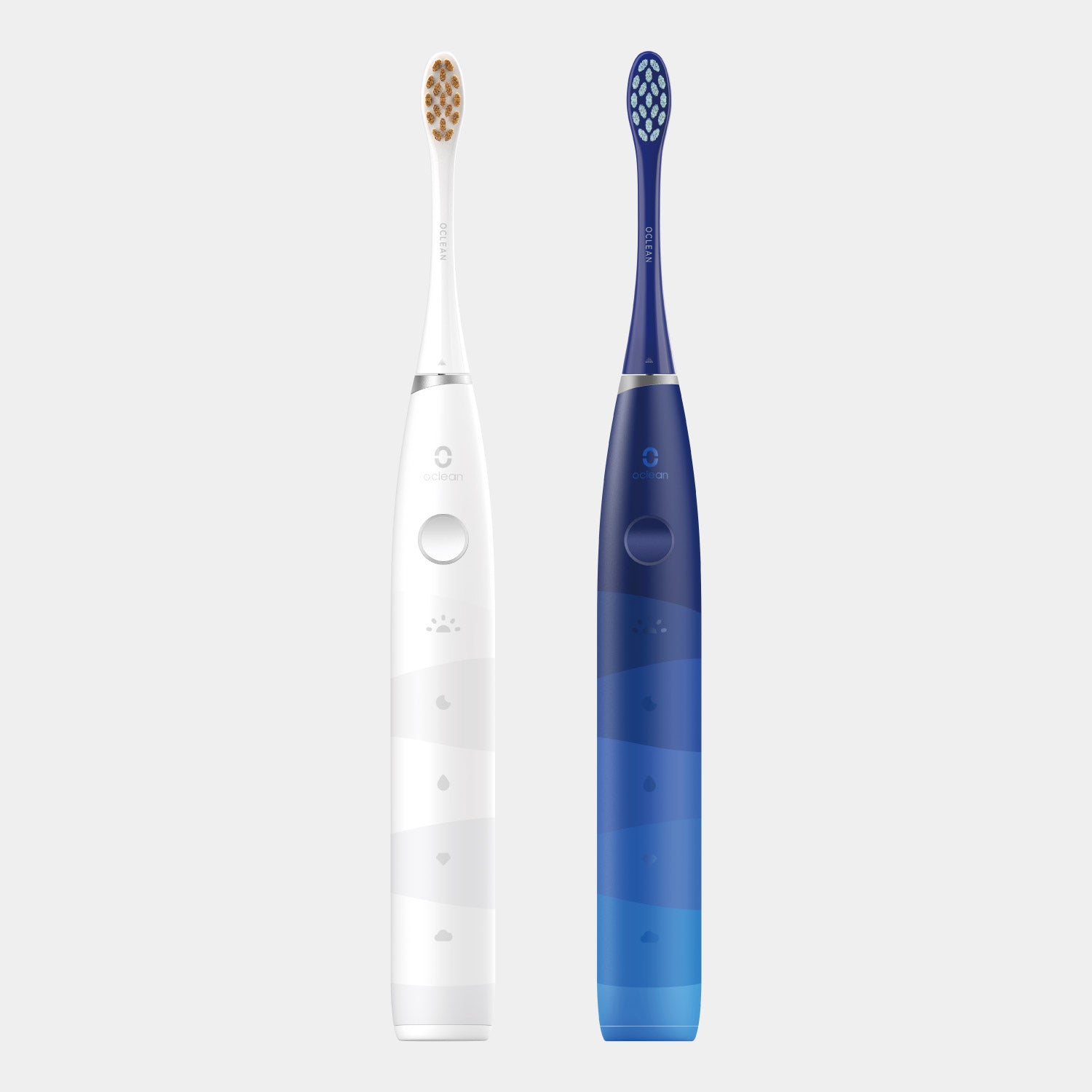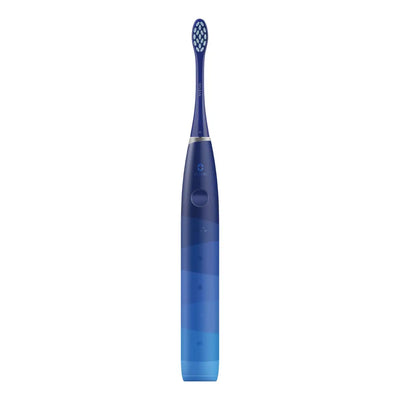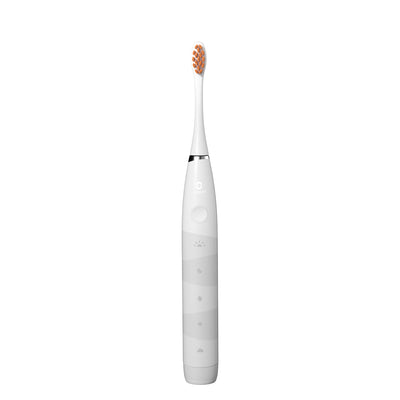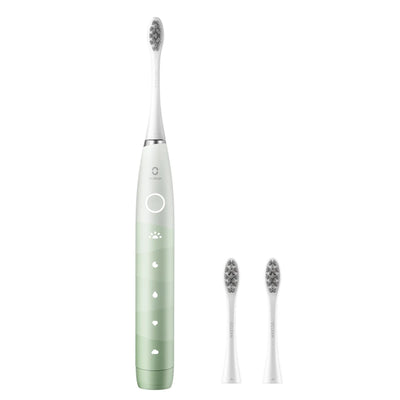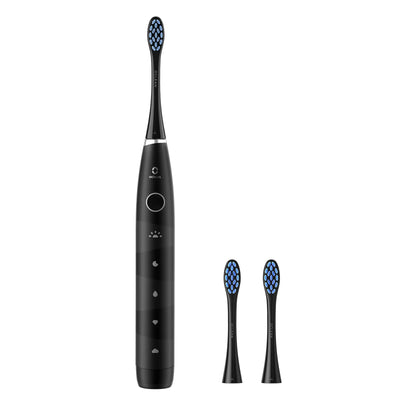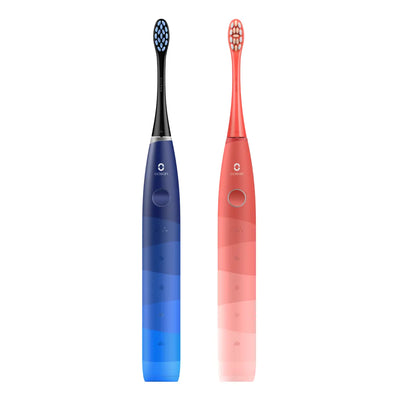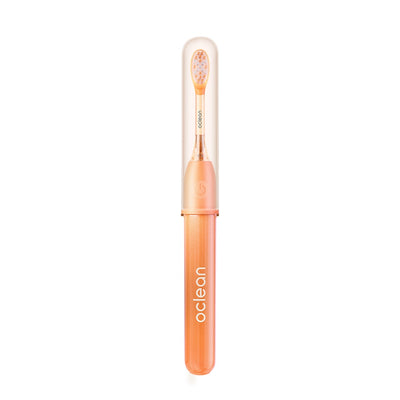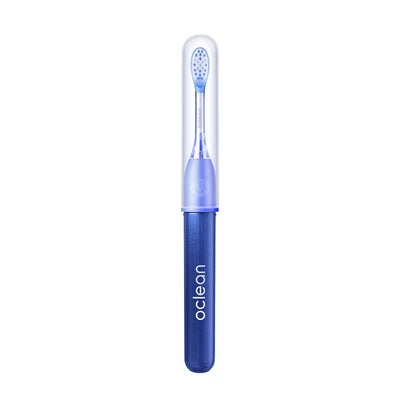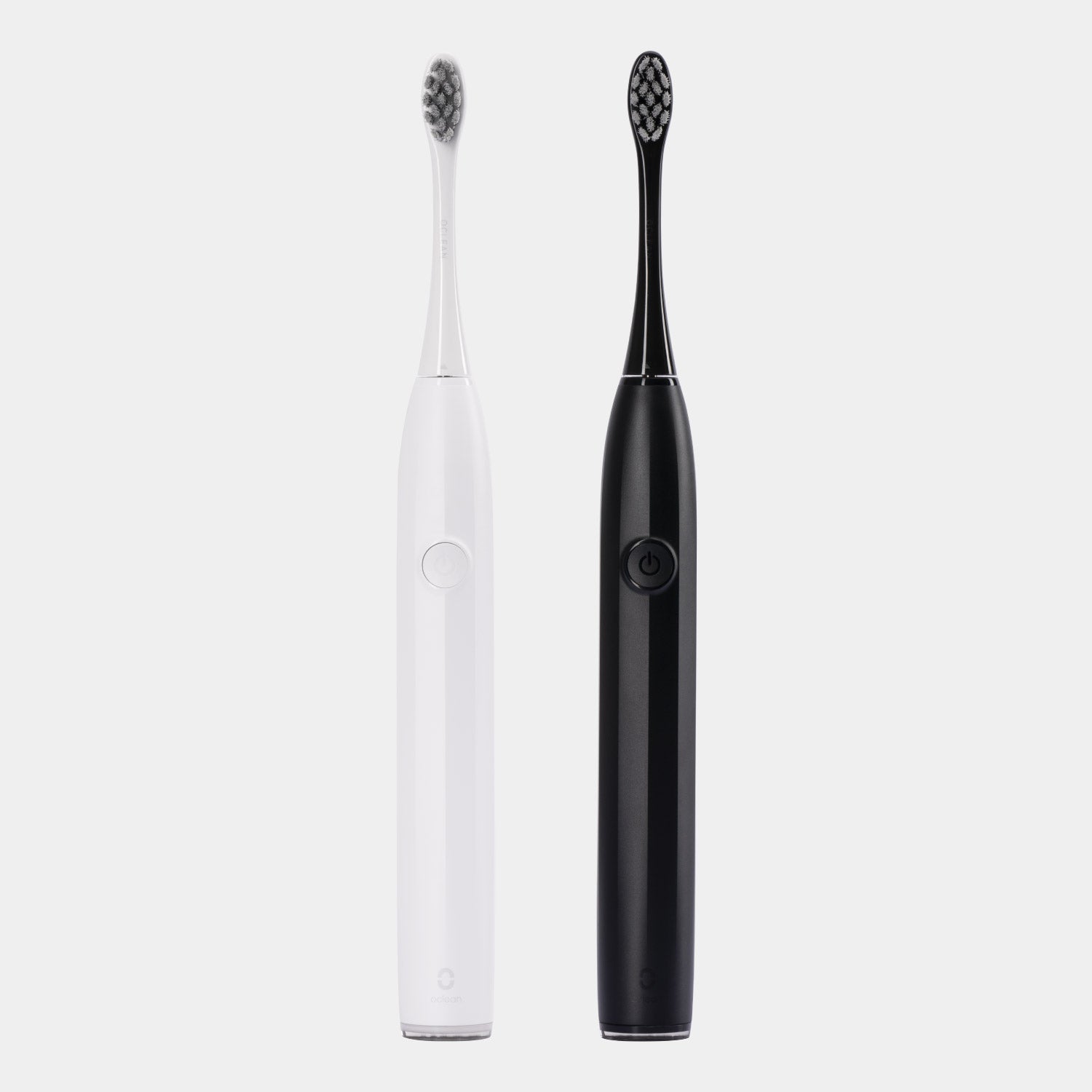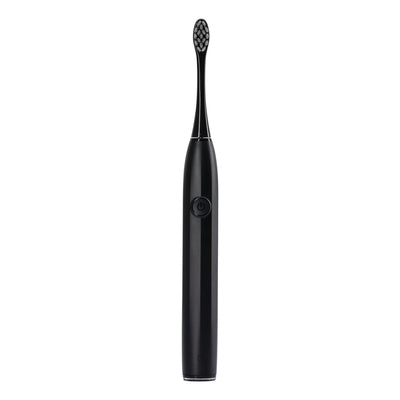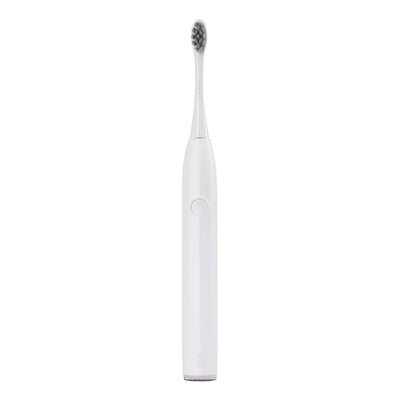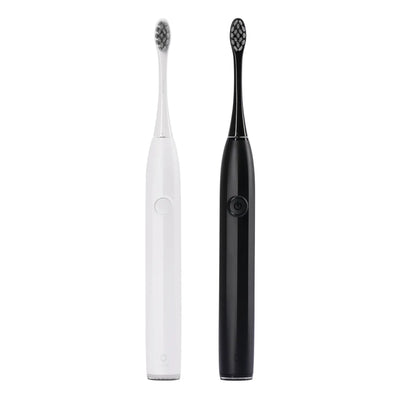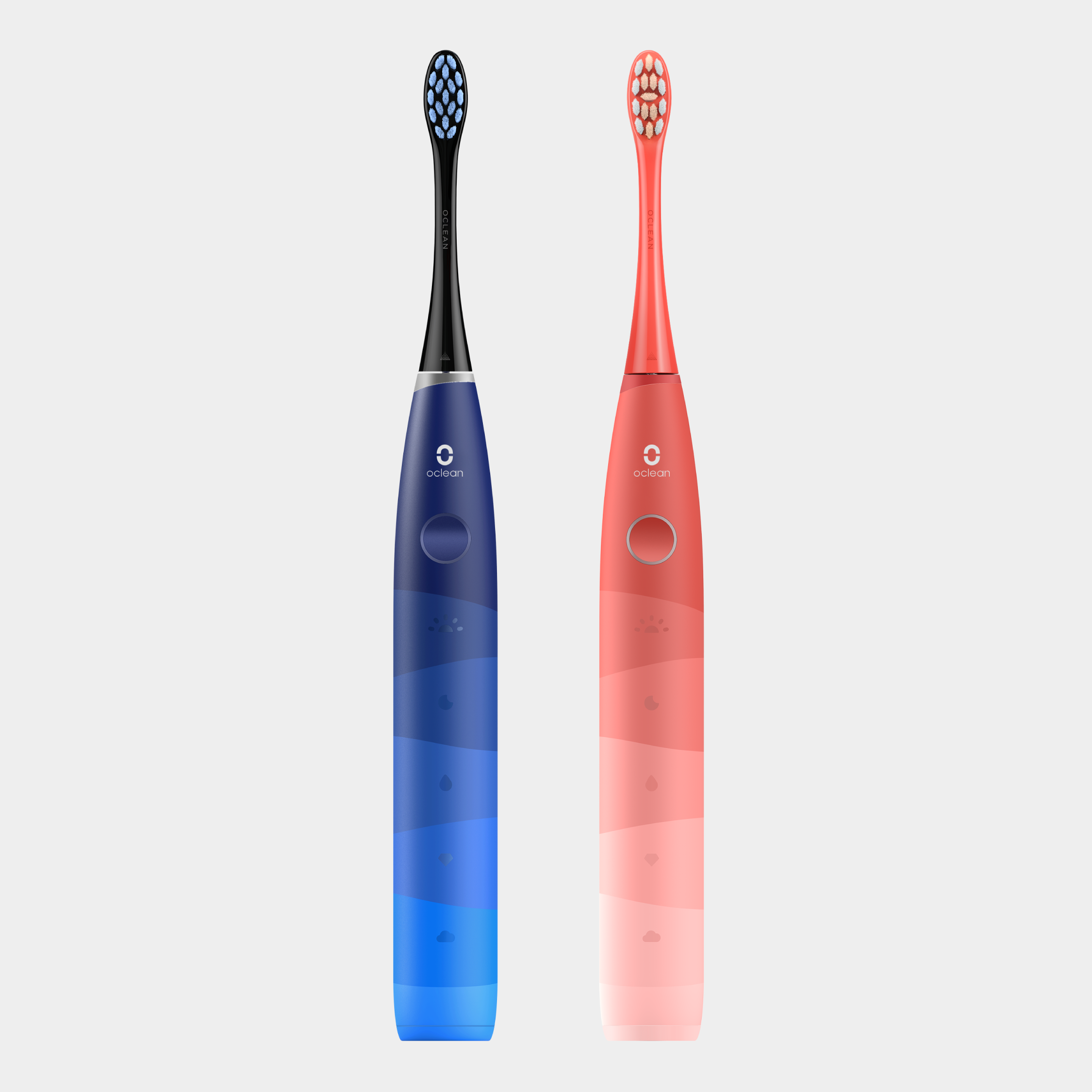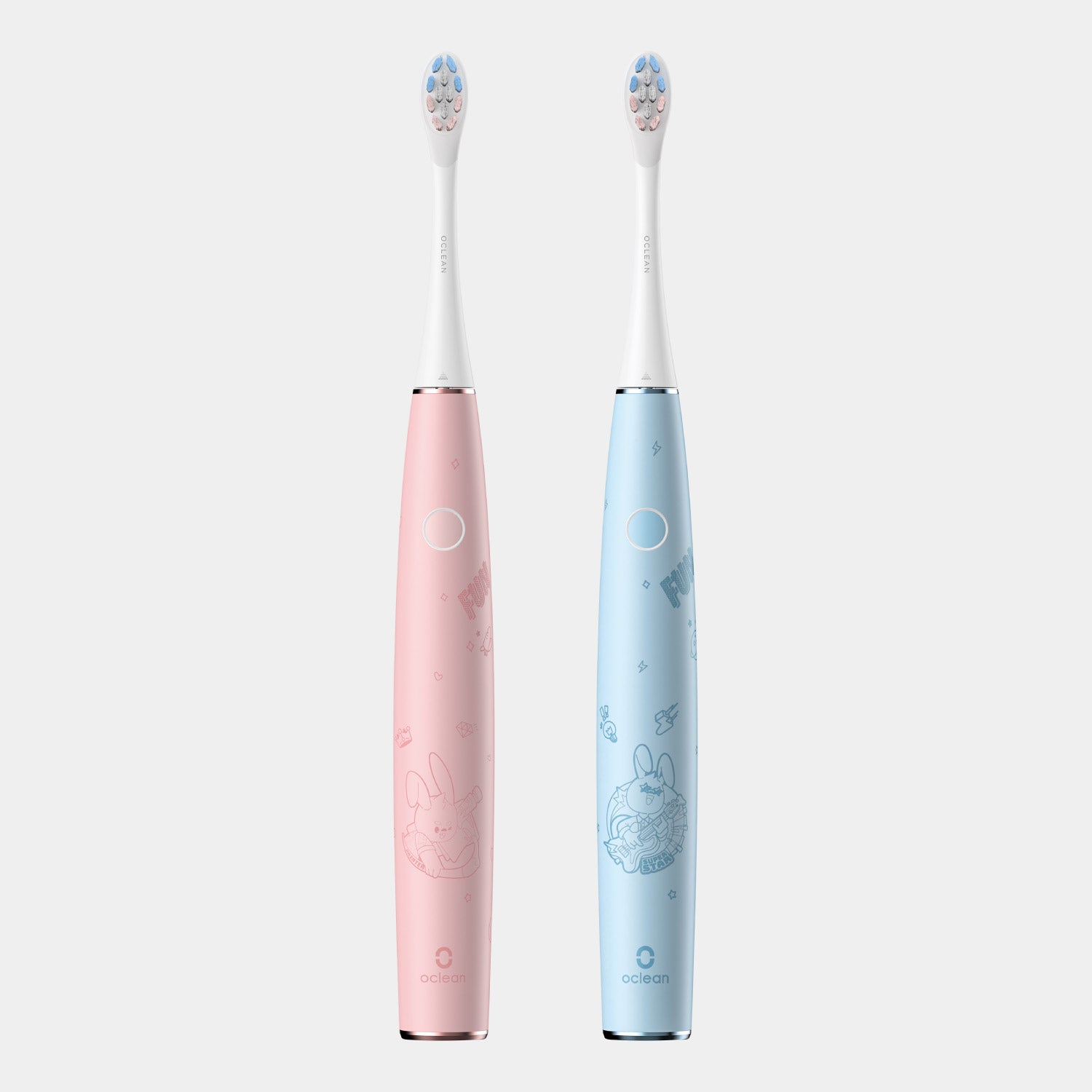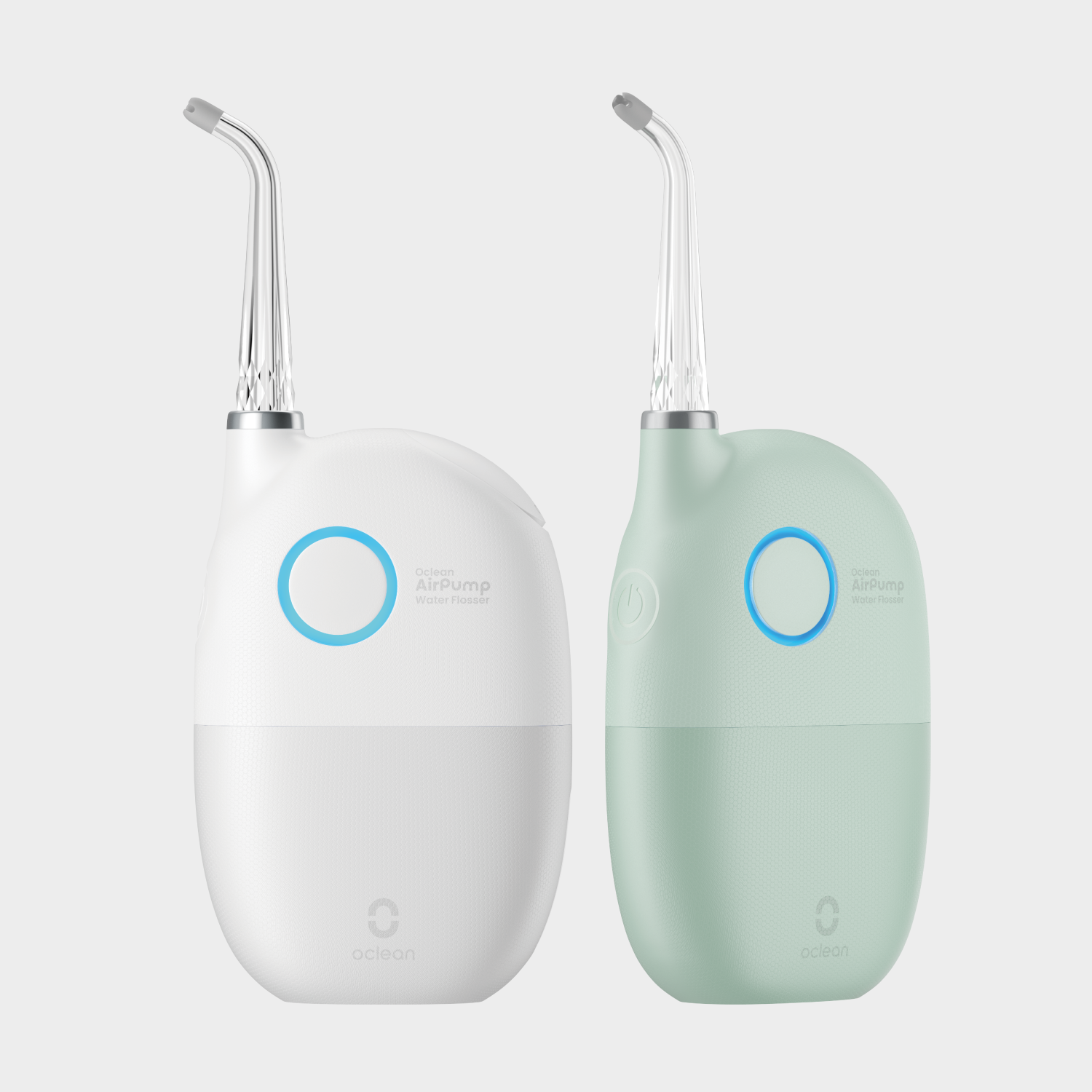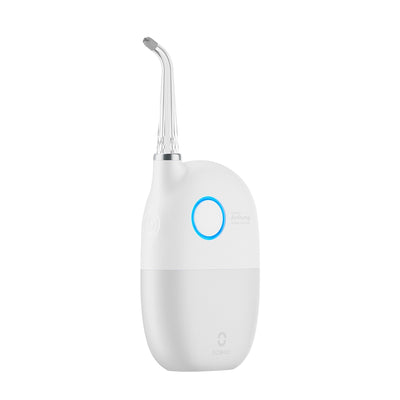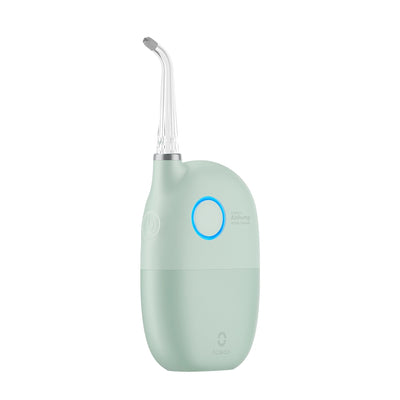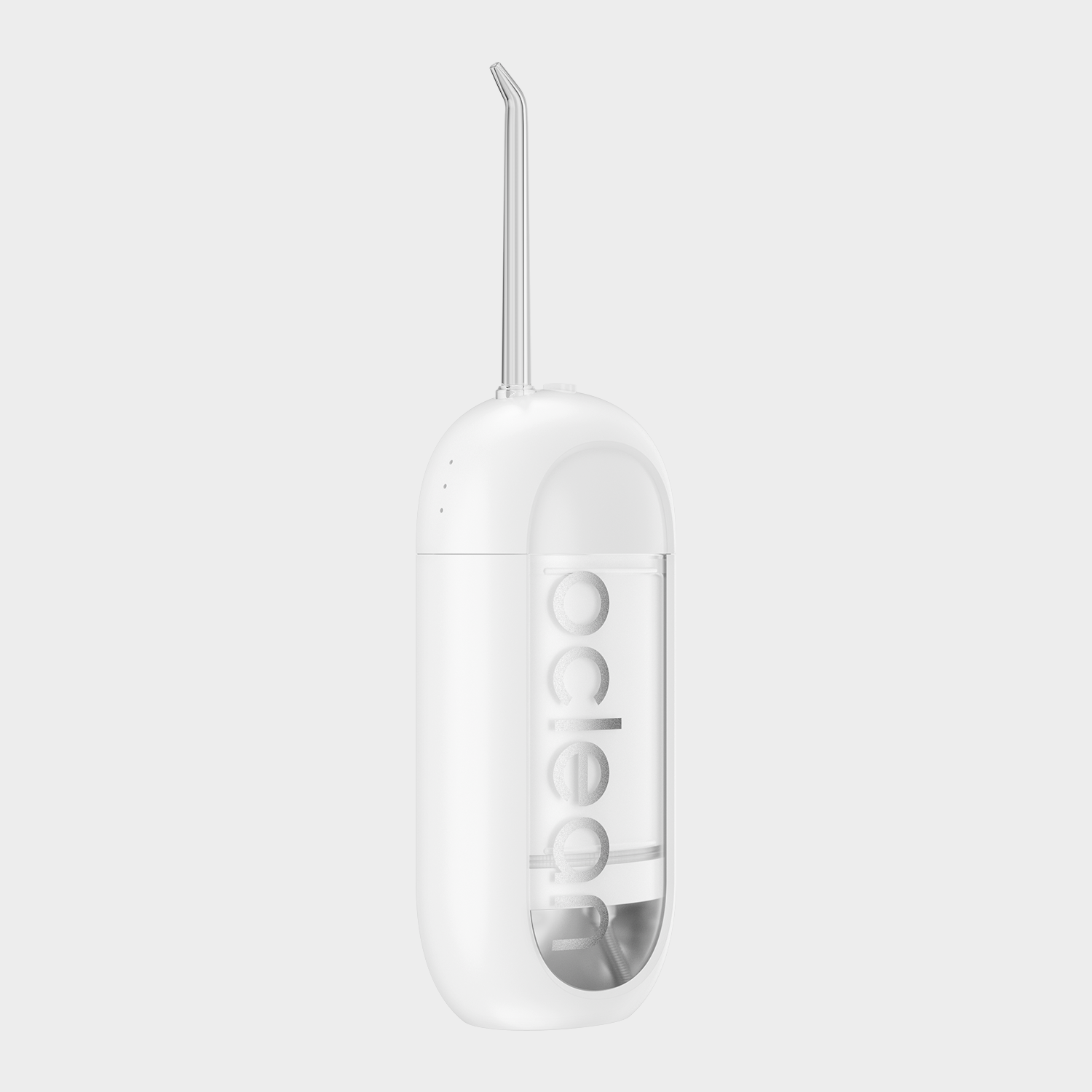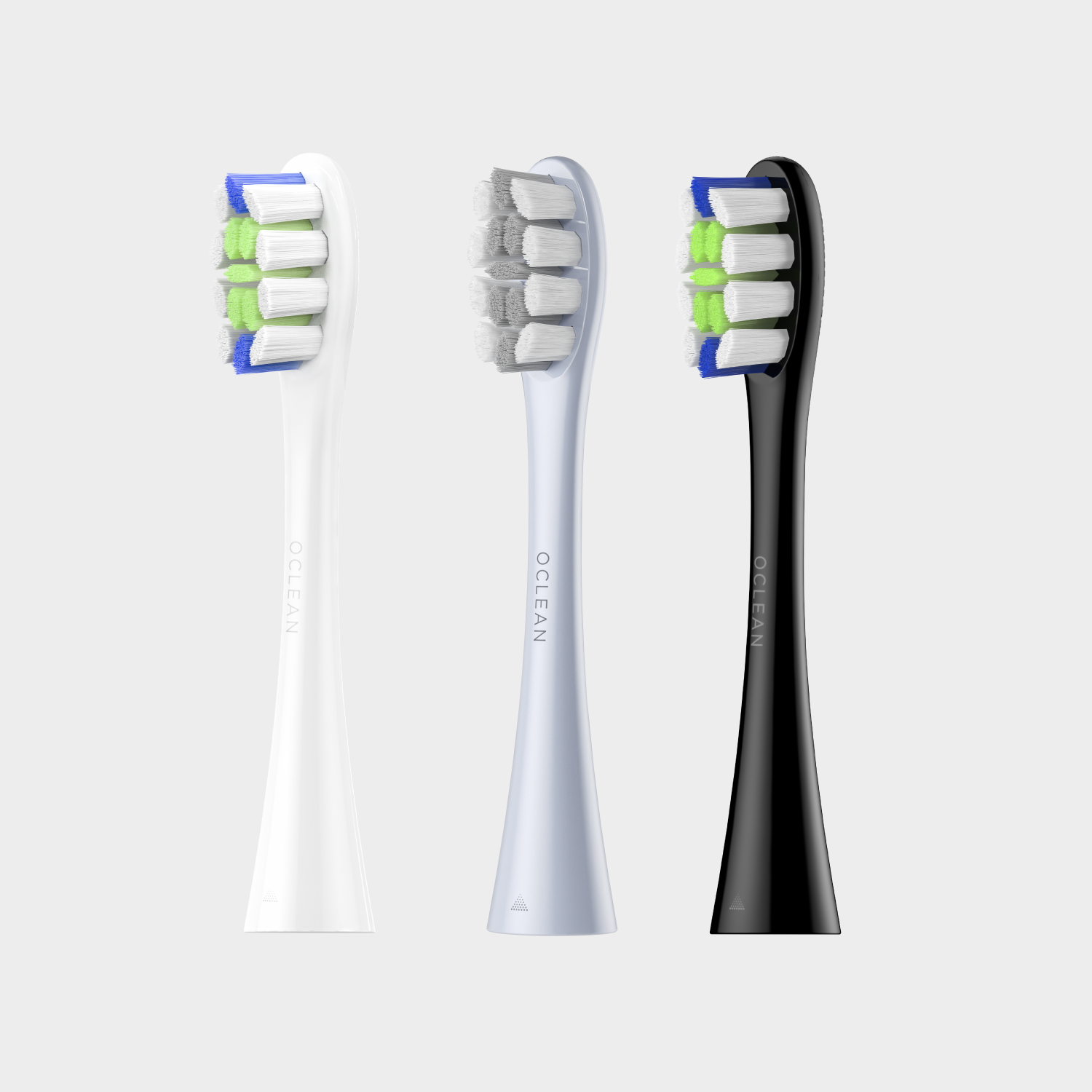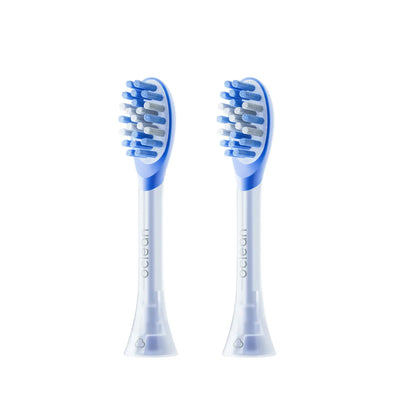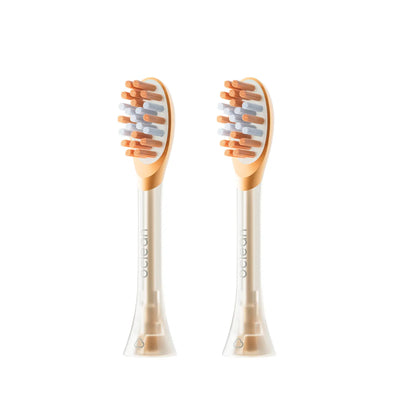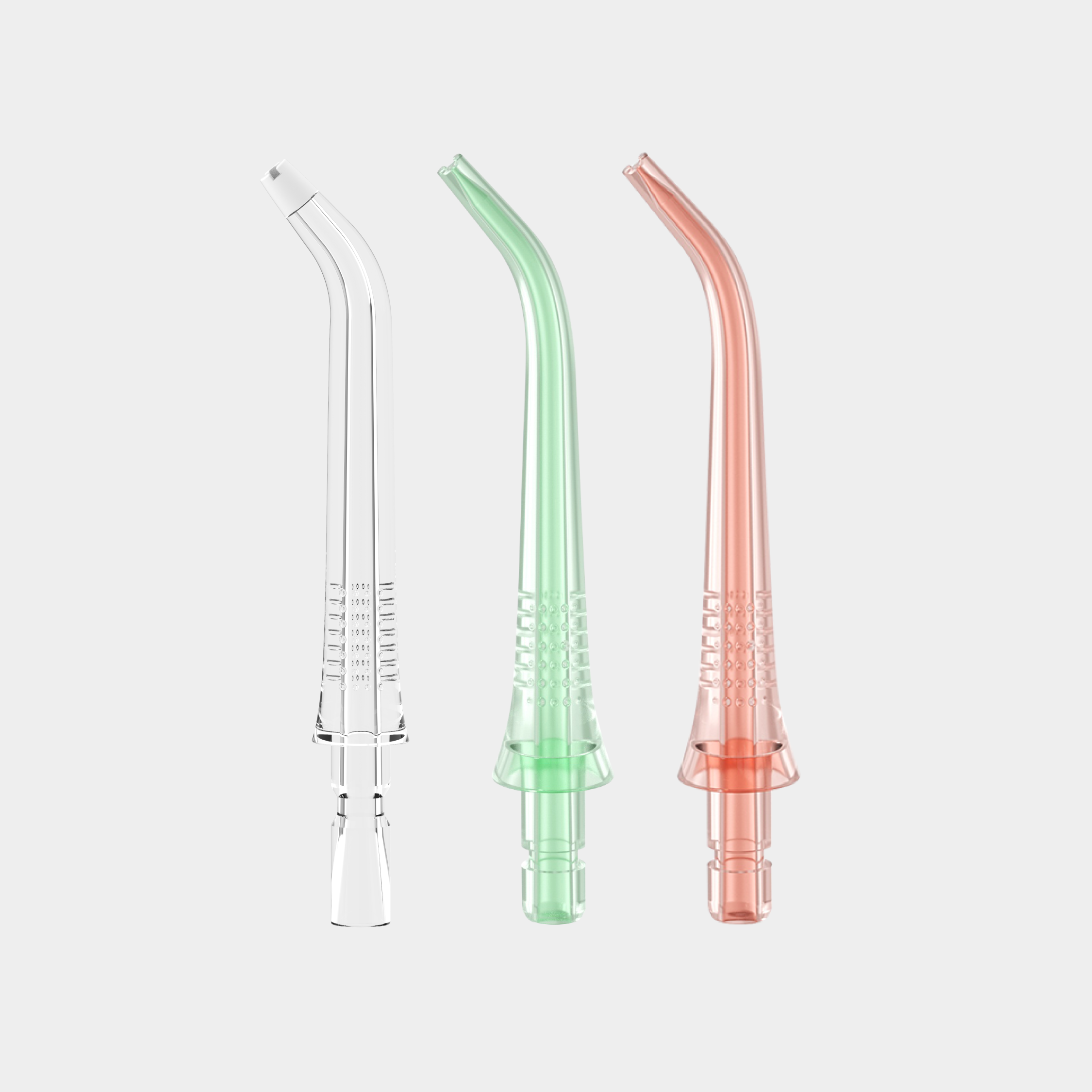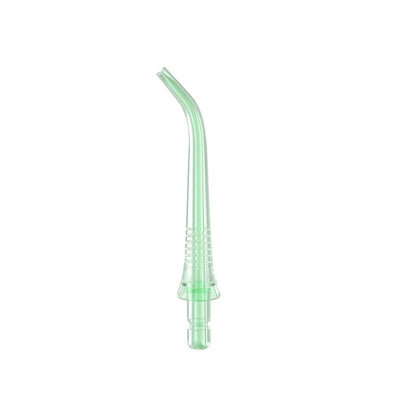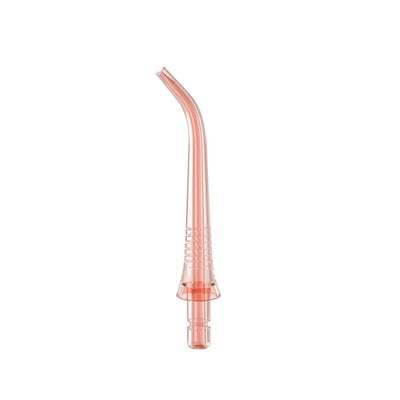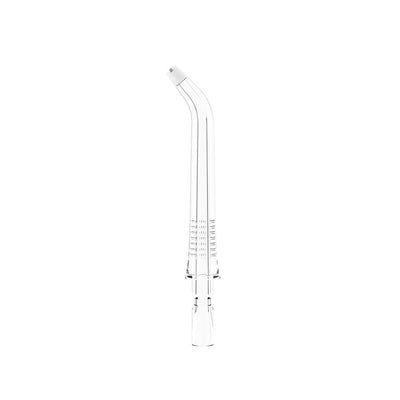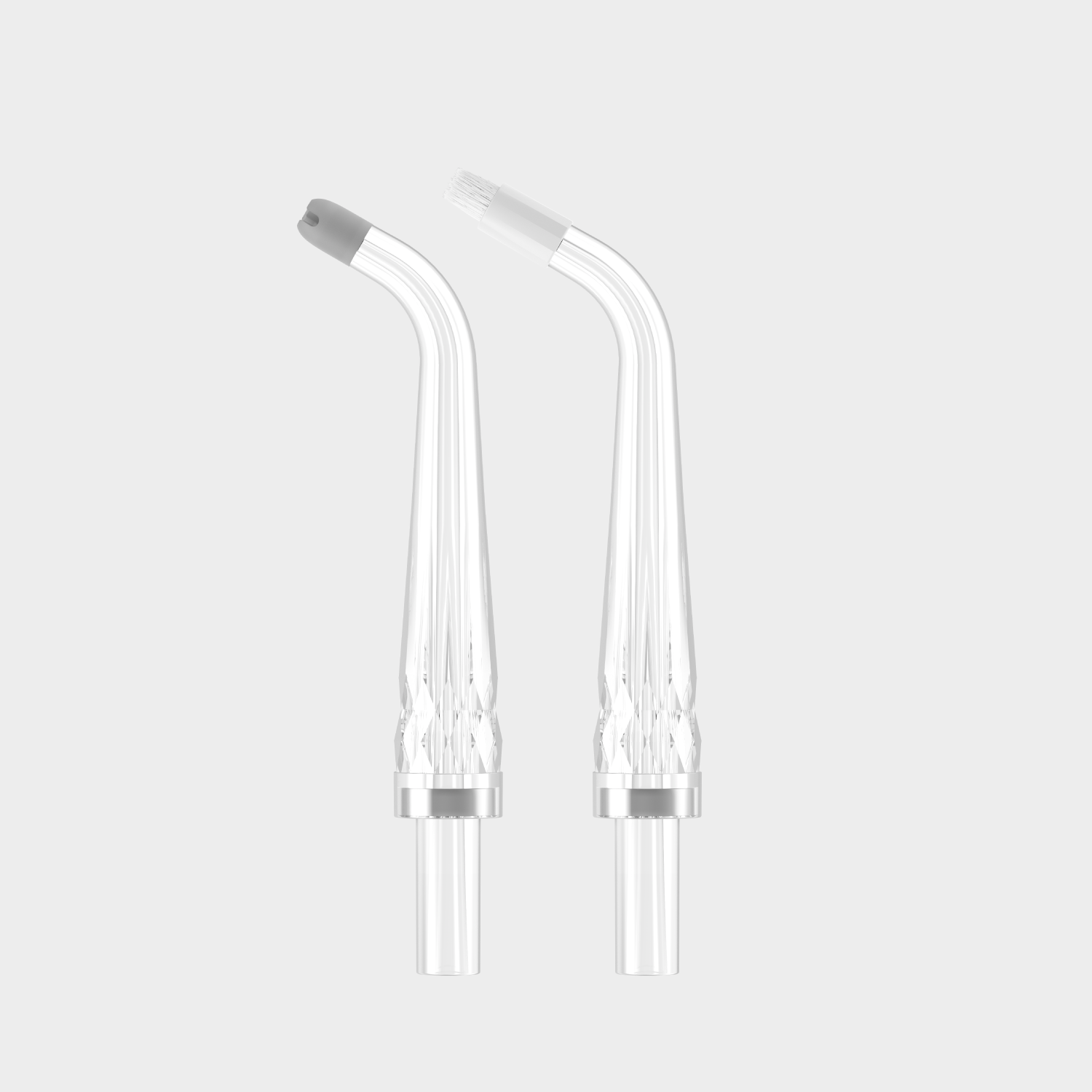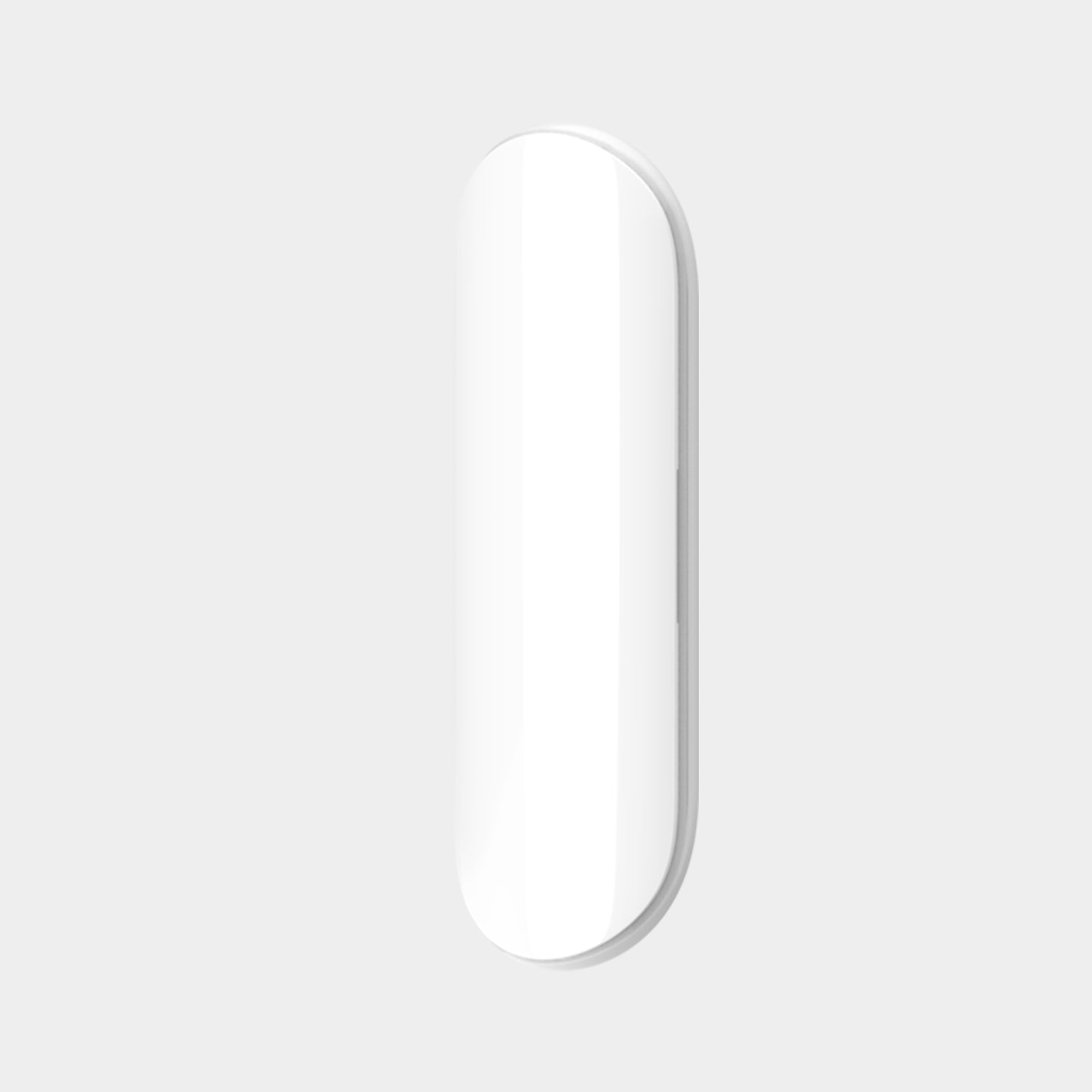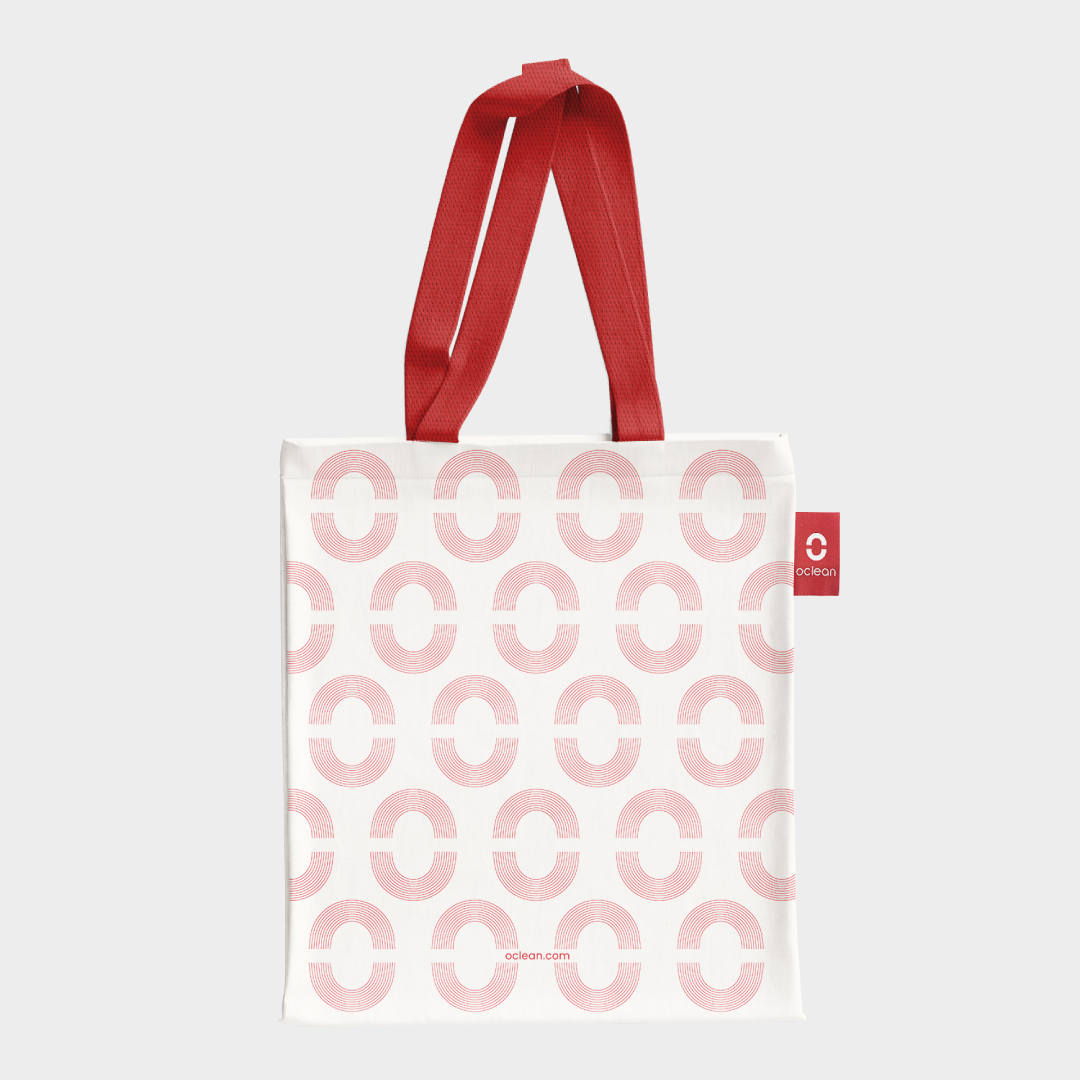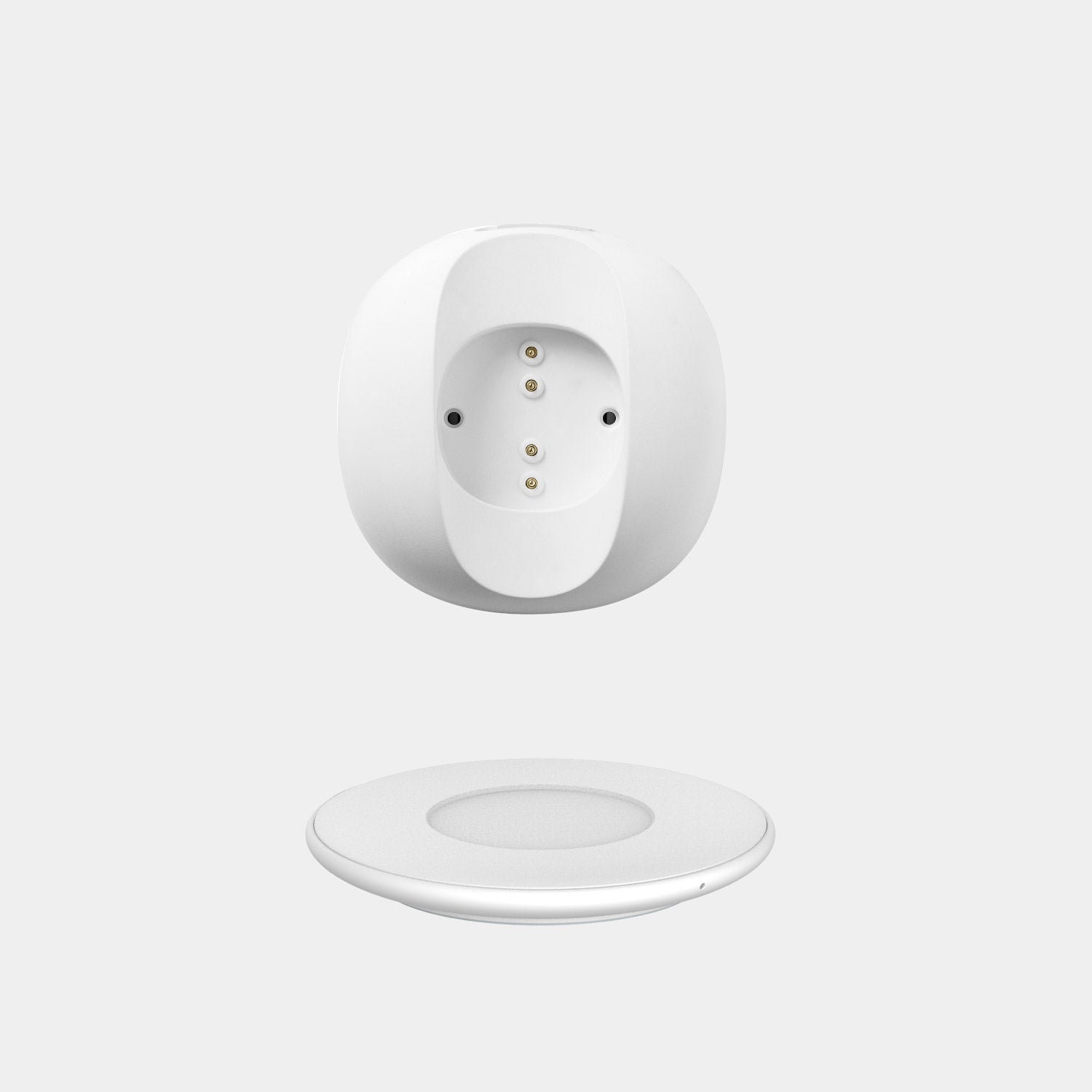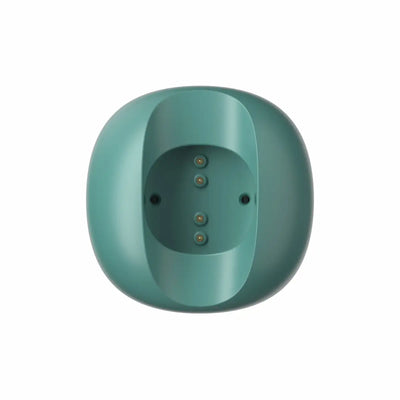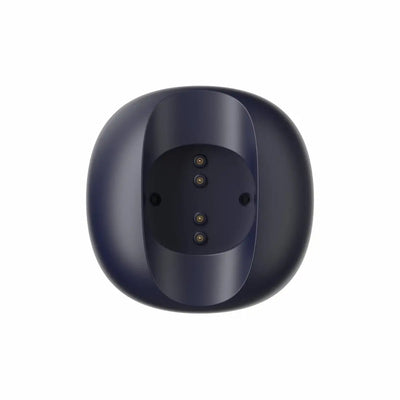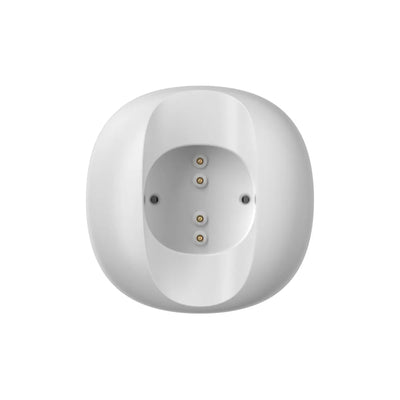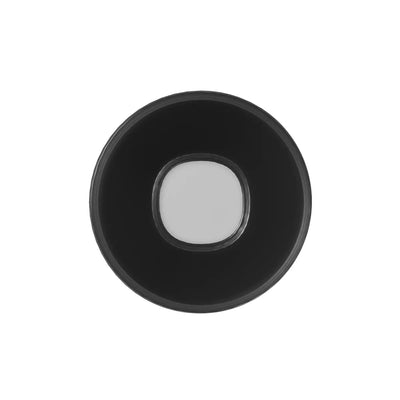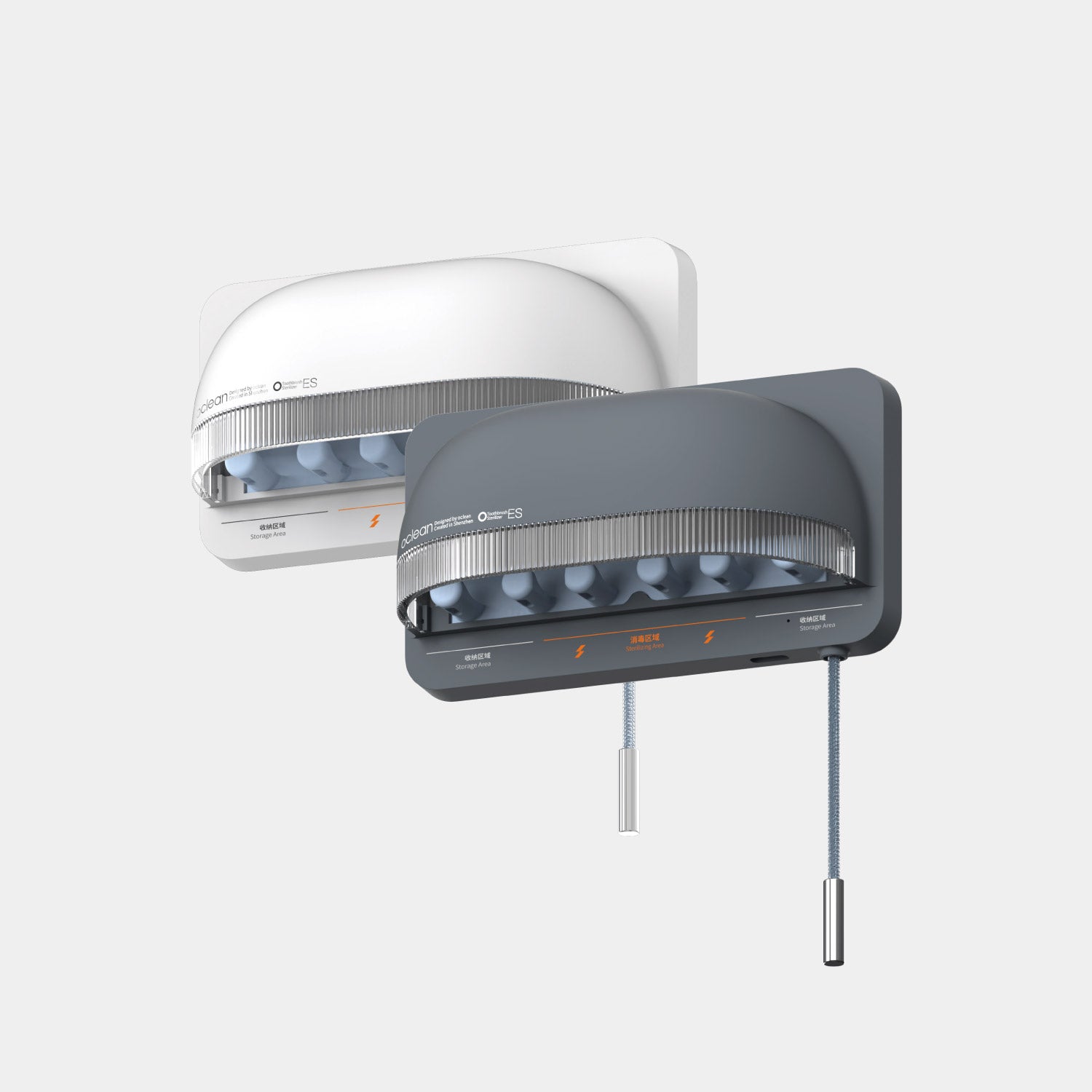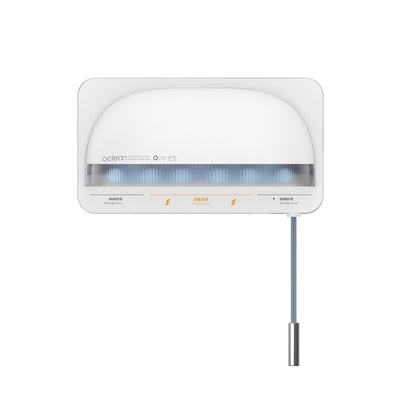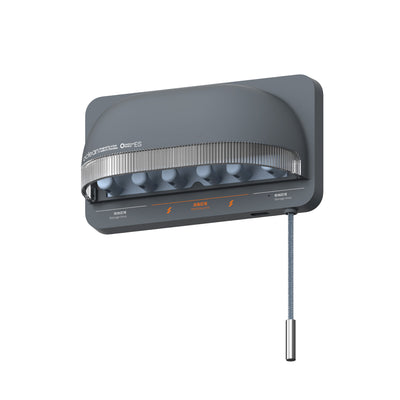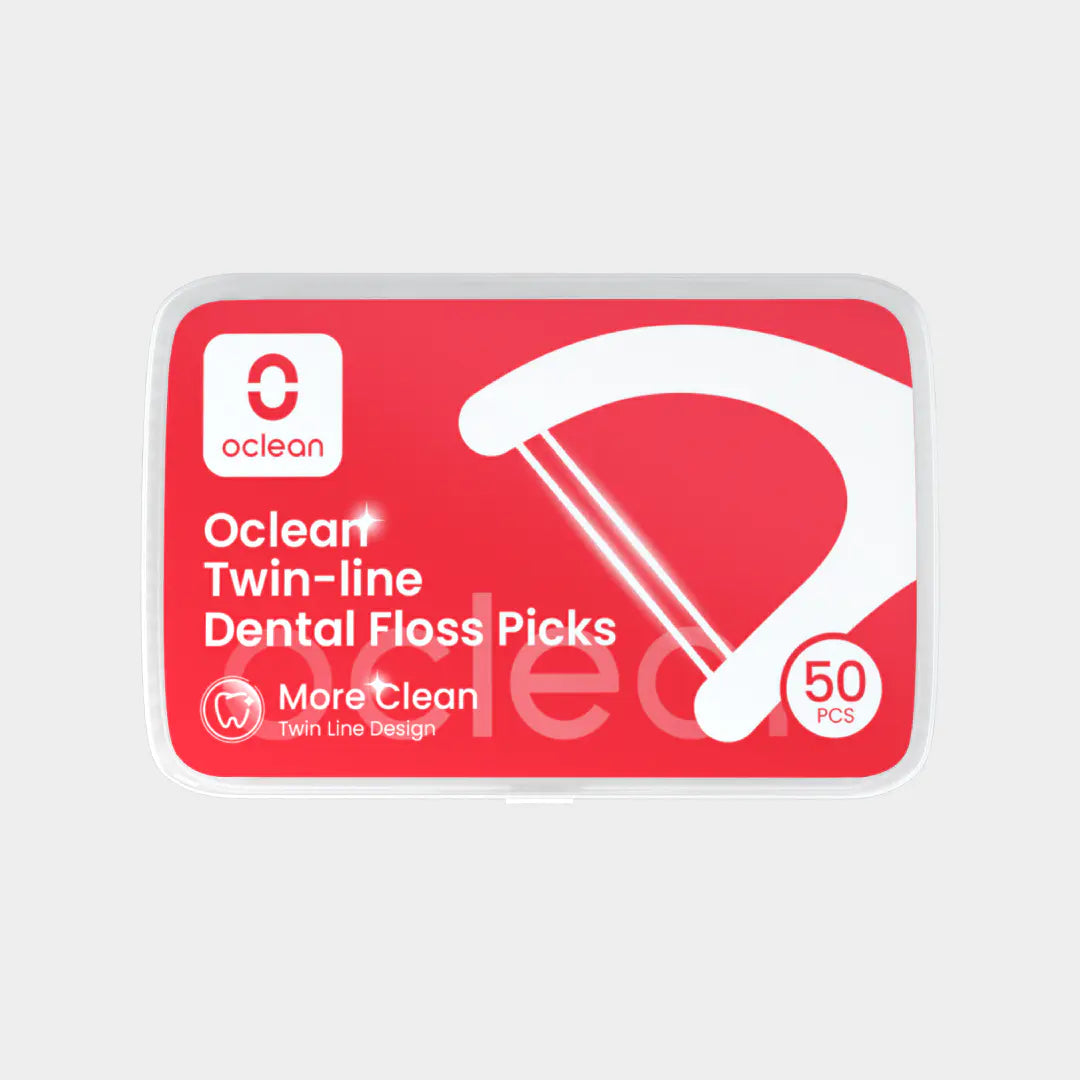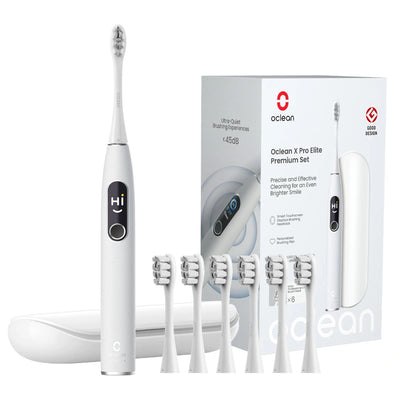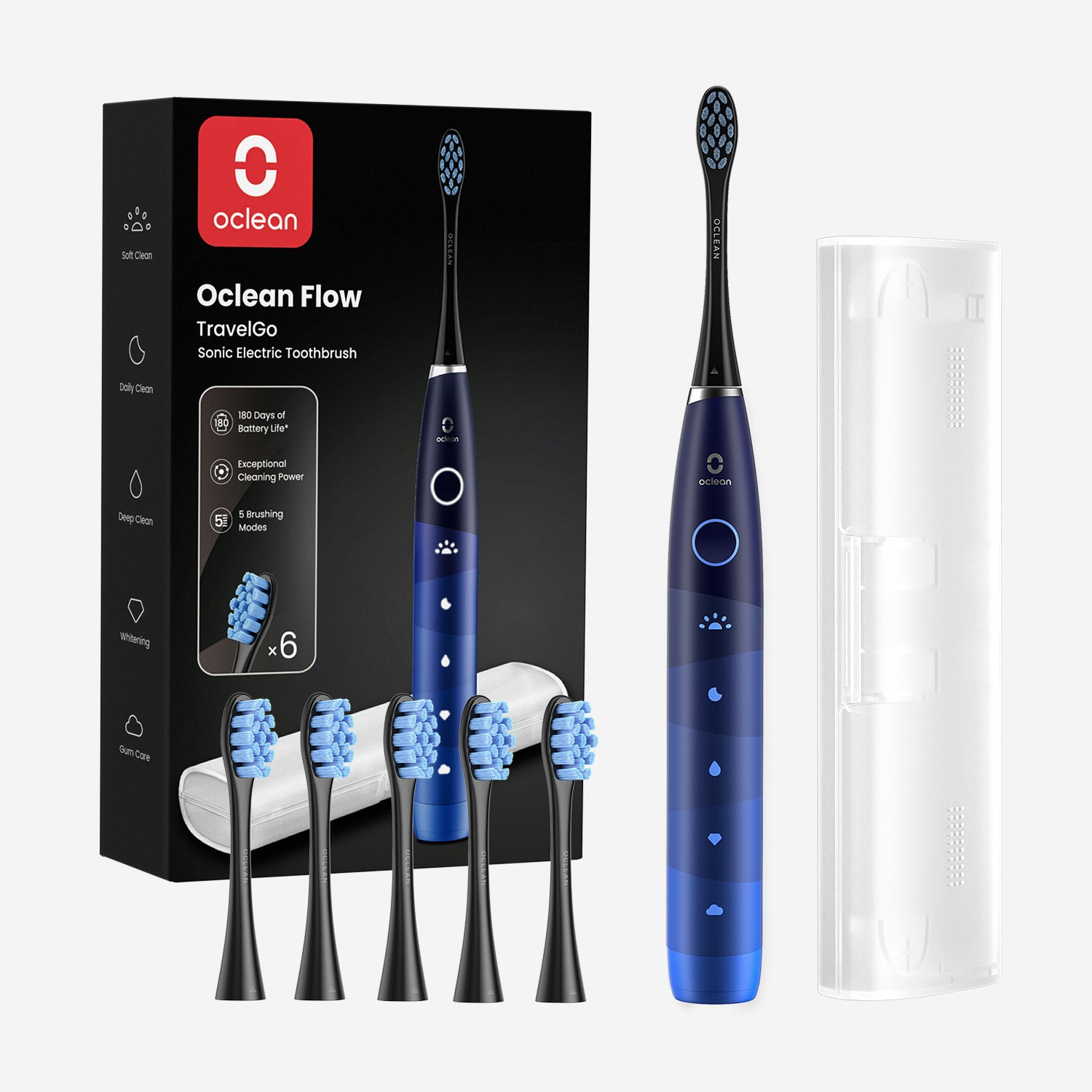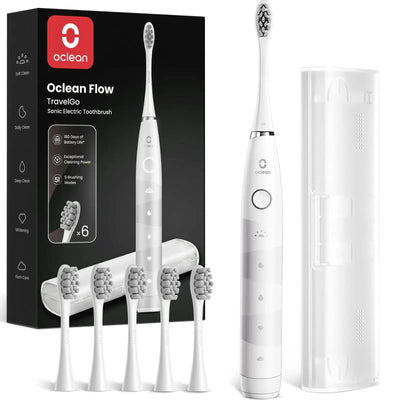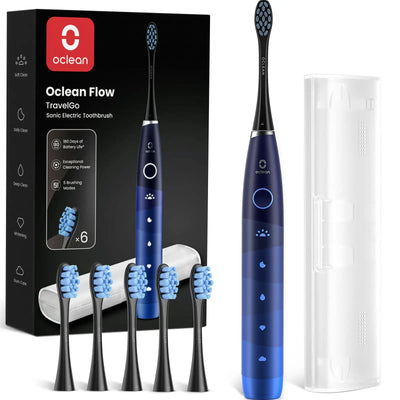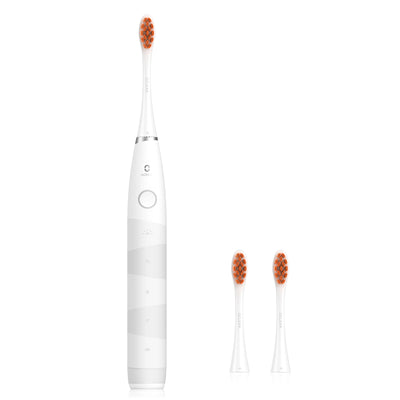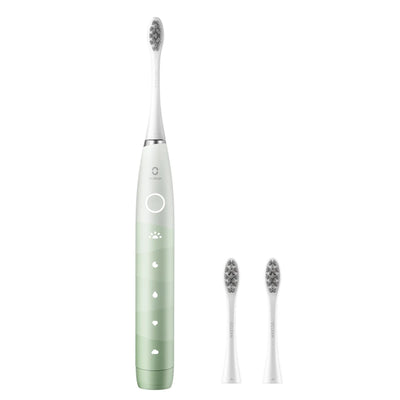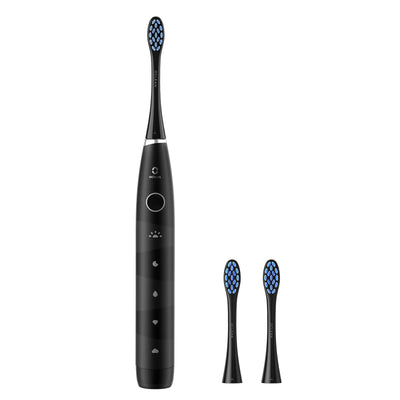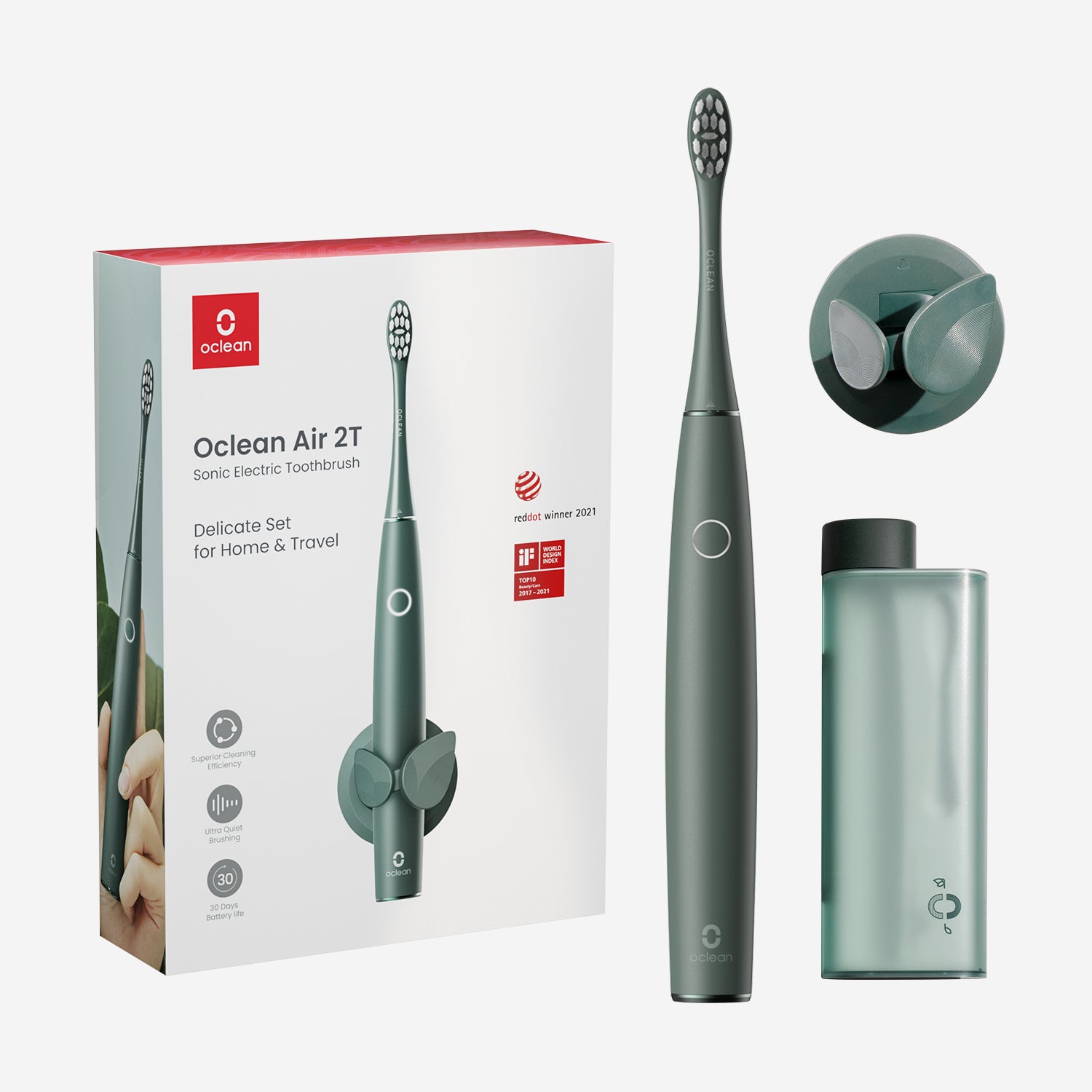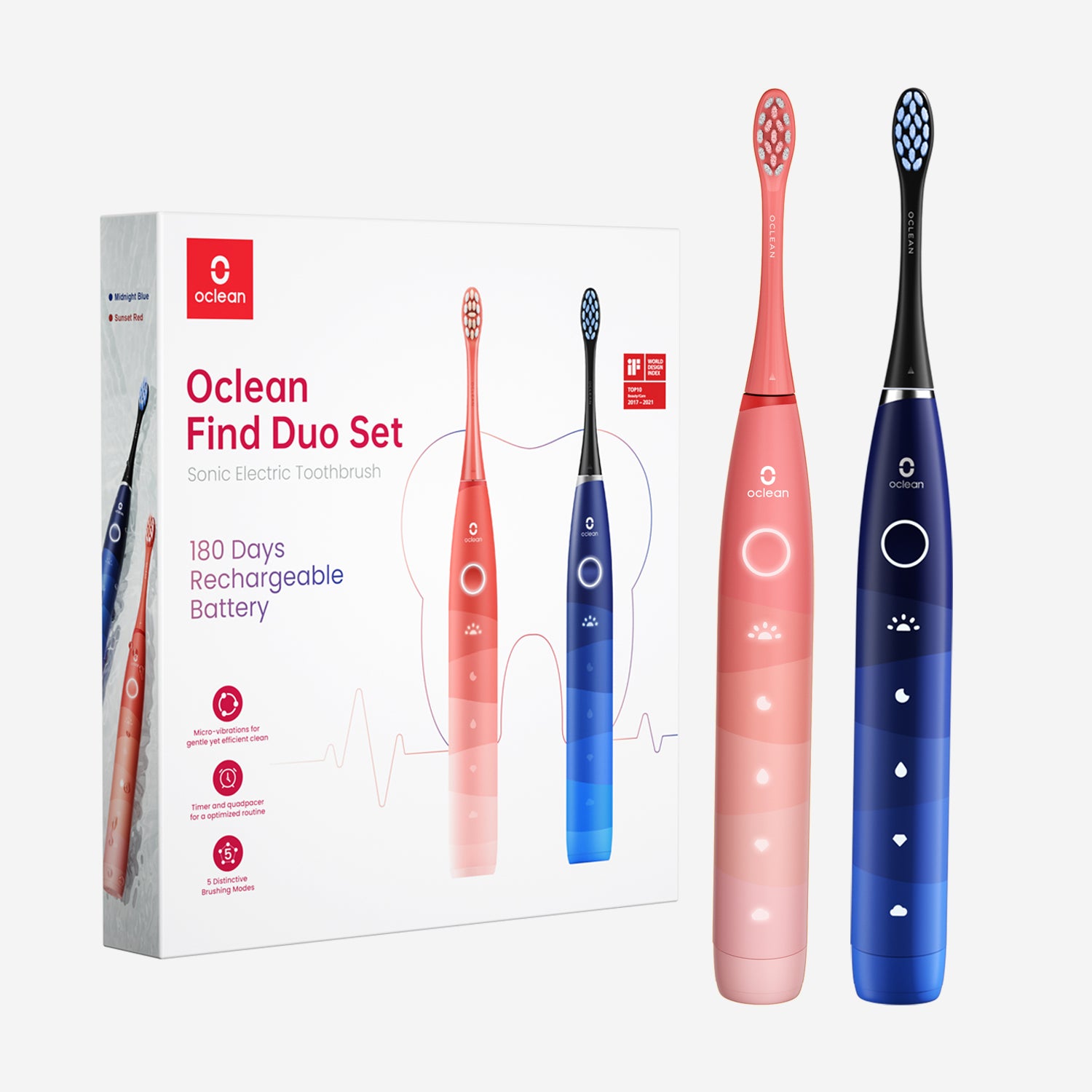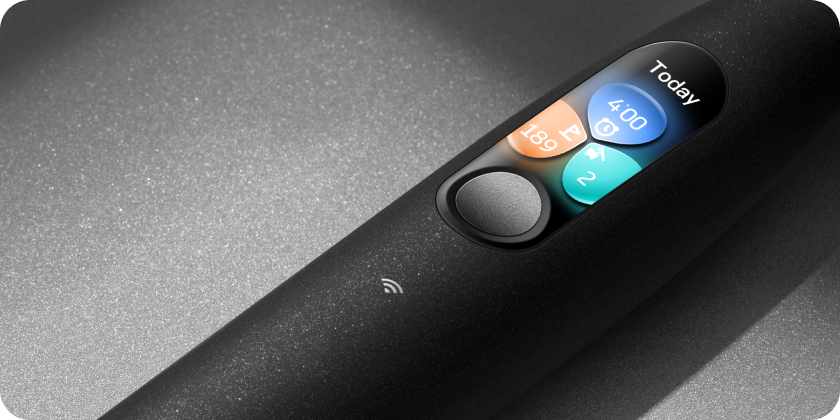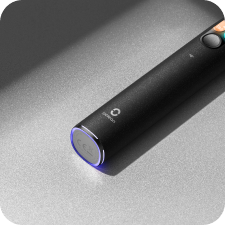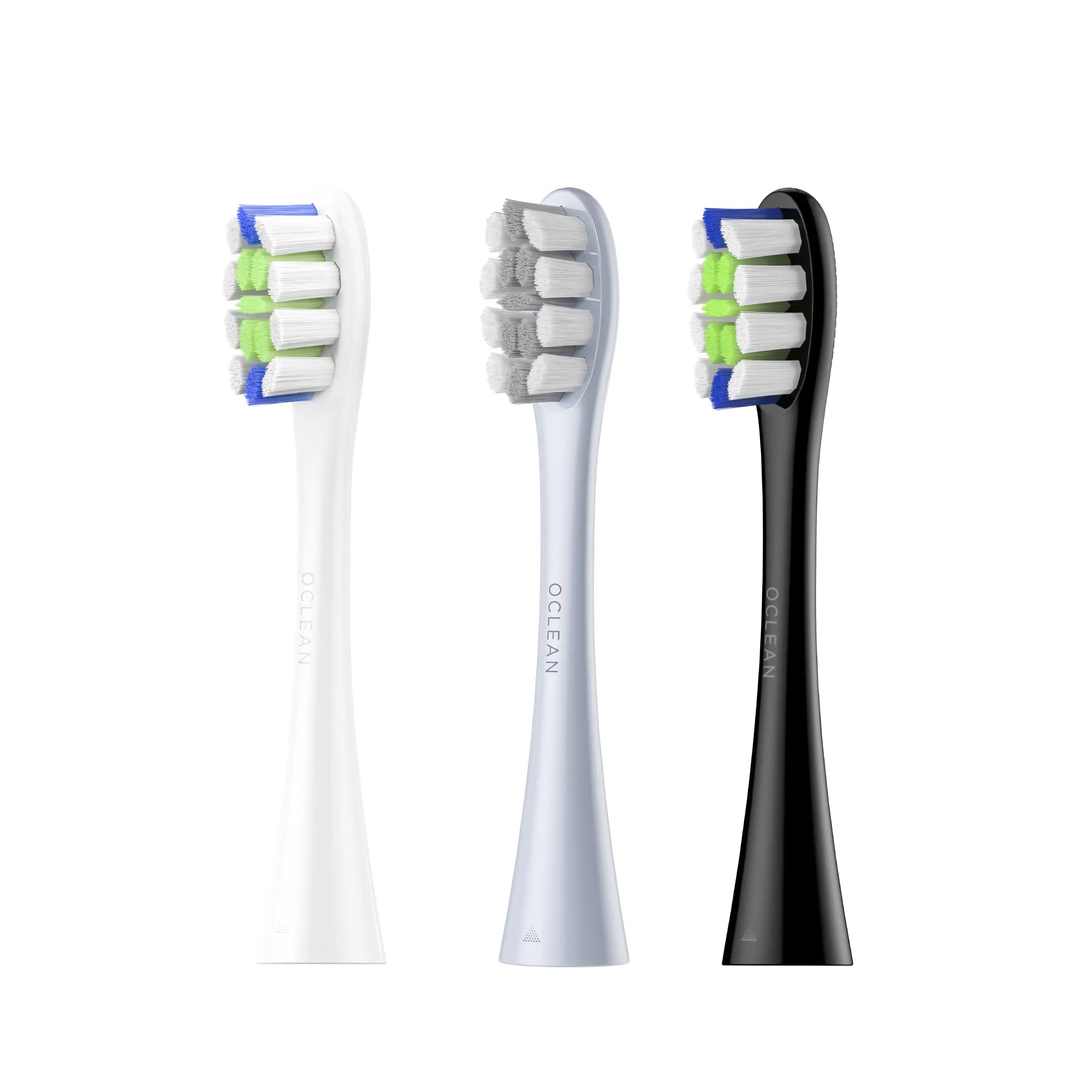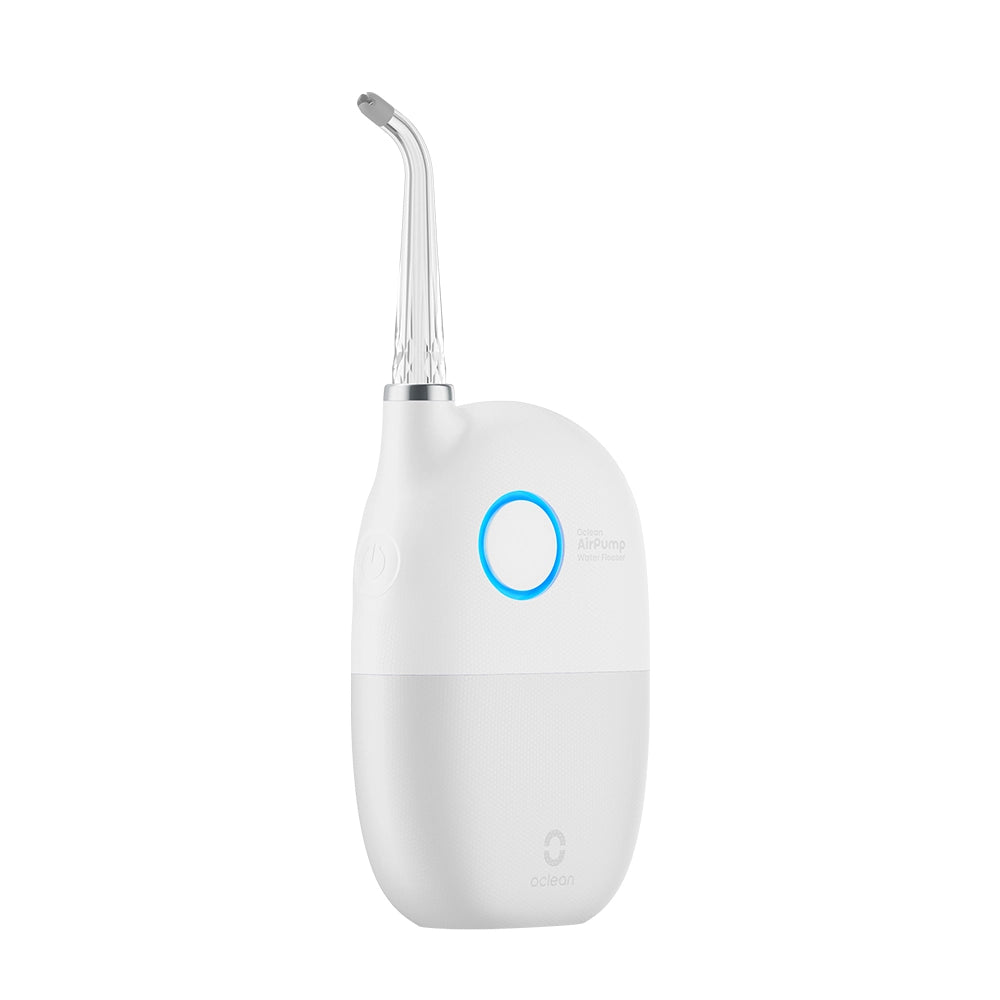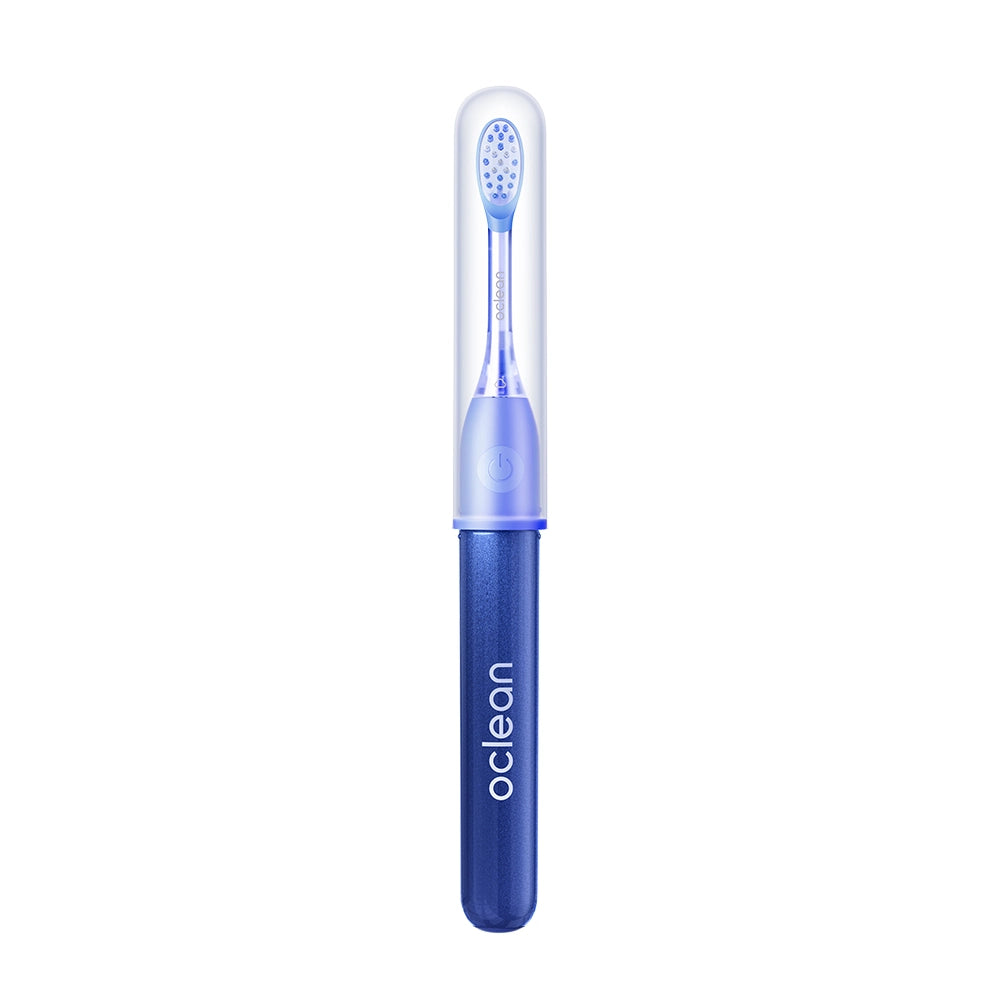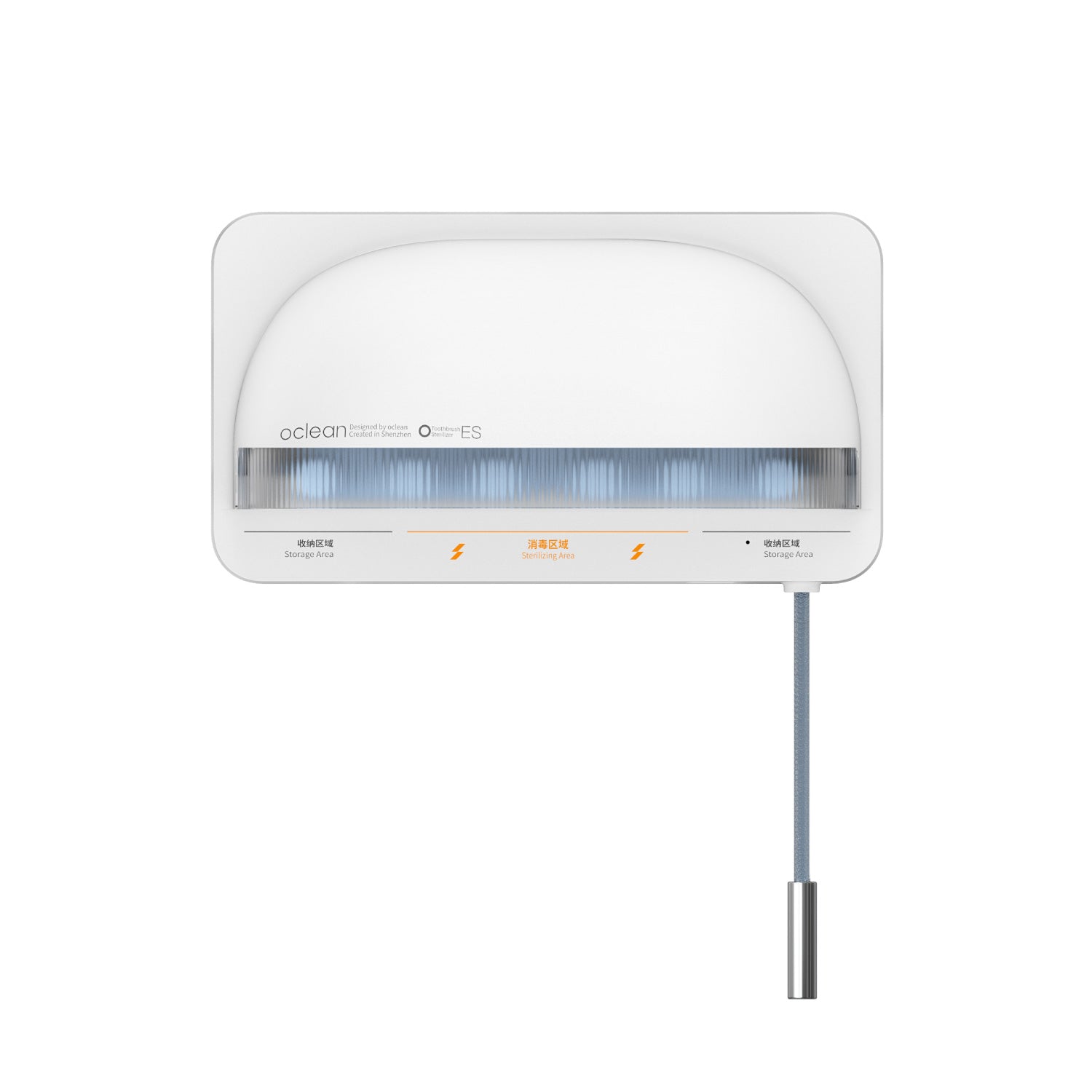Can I brush my teeth after wisdom teeth removal? It is something that most people ask a few days after tooth extraction, and it makes sense — proper oral hygiene is a key part of healing. Brushing too soon or too hard, however, could jeopardize the healing process and cause problems. You are likely already fighting swelling, pain, and stress of post-op recovery, and the last thing you need is an unexpected delay in the healing process.

As much as you'd like to have a clean mouth, timing, and technique are what it takes to brush after wisdom tooth extraction. Understanding when to brush and how to brush can be the difference between a quick recovery and risking yourself with complications such as a dry socket or infection.
In this article, we will guide you through the best practices on brushing teeth after wisdom teeth extraction, from when to begin, how to prevent common errors, and the tools that can assist you in keeping your oral hygiene in top condition while your gums heal. Stick with us for expert advice to heal faster and safer.
The Healing Process After Wisdom Teeth Extraction
Following the removal of wisdom teeth, your mouth heals with patience and good care. The initial two days post-surgery are the most critical, during which your gums start healing from the cuts and removal of the tooth. Swelling, bleeding, and pain are expected during this time, and all of these are indicators your body is starting to heal. The initial pain and swelling in most cases should begin to reduce within 48 to 72 hours, but complete healing can take weeks.
In the healing phase, you must strictly follow your dentist's or surgeon's aftercare instructions. This includes taking drugs as directed, avoiding solid foods, and maintaining your mouth as clean as possible without interfering with the healing tissues. In this crucial phase, evading activities that interfere with the blood clot in the socket is essential to prevent complications like a dry socket, which is painful and interferes with healing.
Brushing too early or too aggressively will dislodge the clot and seed bacteria into the wound area, leading to infection. As much as you will want to brush the pain away, it is advisable to allow your body to heal first before resuming normal oral hygiene.
When Can You Begin Brushing Following Wisdom Teeth Extraction?
If you are here to understand when can you start brushing following wisdom teeth removal? The answer is not as simple. It depends on your healing process which varies from person to person. However, there are certain guidelines to follow in a bid to make sure that you brush safely without interfering with your recovery.
During the first 24 to 48 hours, you should not brush your teeth at all. This is the time when the blood clot forms in the extraction site, and any interference with the clot can lead to dry socket, a very painful condition where the clot is dislodged, exposing the bone and nerves. Saltwater rinsing is recommended at this time for soft cleaning.
Once the first two days have passed, it is usually okay to brush your teeth again, but lightly. Start brushing lightly with a soft-bristled brush, not in the areas where the teeth were pulled. Don't brush too hard or put pressure on the surgery area — this may irritate the area or delay healing. Brush the areas of your mouth that are farthest from the extraction area instead. If the surgery area is especially sore, you may want to wait a little longer or talk to your dentist.
If you realize that there is ongoing bleeding or stabbing pain, you need to stop brushing and see a professional before you can resume your regular oral hygiene practice.
How to Brush Your Teeth After Wisdom Teeth Removal?
Proper brushing of your teeth after wisdom teeth extraction is important to achieve a smooth and quick healing process. Therefore, how exactly do you brush without interfering with the healing process? Here are some tips that will help guide you on brushing safely but yet effectively.
Begin gently. Your companion at this phase is a soft-bristled toothbrush. Regular toothbrushes are too abrasive and can hurt your healing gums. Instead, utilize a toothbrush designed for sensitive teeth or an electric toothbrush with a soft bristled head. The Oclean X Ultra 20 Sonic Toothbrush, for instance, provides gentle yet effective cleaning with its soft bristles and sonic vibration and therefore can be an incredibly powerful recovery tool.
When you brush, try to use as gentle a touch as you can. The concept is to brush your teeth without disturbing the extraction site. Brush the back teeth first and avoid brushing the gums immediately around where your wisdom teeth were extracted. Brush in a circular motion, not scrubbing back and forth, which is too harsh on your sensitive gums.
Also, rinse your mouth after brushing with a saltwater solution or an alcohol-free mouthwash. This will eliminate any bacteria and be gentle on the surgical site without irritating it. Steer clear of harsh mouthwashes containing alcohol, as they can be painful and retard healing.
As your surgical site heals, you may wish to transition to a sonic toothbrush. It's easy on the teeth and will clean them well without causing pain, so you can enjoy great oral care while you heal without risking healing.
Why Does Your Toothbrush Matters When Recovering?
Your toothbrush has more to do with your recovery than you may realize. The proper tool is what makes all the difference in how well and how quickly your mouth feels afterward. A normal toothbrush may be too rough, irritating sensitive gums, or getting in the way of healing tissue.
 That's where a sonic toothbrush like the Oclean X Ultra 20 comes in. Its soothing vibrations clean your teeth effectively without pain, lowering the risk of infection and allowing your mouth to heal faster. Its cutting-edge technology means a deeper clean, keeping your mouth feeling fresh throughout the recovery.
That's where a sonic toothbrush like the Oclean X Ultra 20 comes in. Its soothing vibrations clean your teeth effectively without pain, lowering the risk of infection and allowing your mouth to heal faster. Its cutting-edge technology means a deeper clean, keeping your mouth feeling fresh throughout the recovery.
Oral Care Instructions Following Wisdom Teeth Extraction
While brushing teeth following the removal of wisdom teeth is a must, it's just one aspect of your postoperative oral hygiene. There are additional habits that you can develop to help the healing process along and keep your mouth as clean as possible.
Saltwater rinsing is also highly recommended. It is soothing and extremely effective in lowering inflammation, dislodging food particles, and preventing infection in the surgical site. Rinse with warm salt water 2-3 times daily, at least, after meals, and rinse gently to keep your mouth clean. Do not swish vigorously, however, as you can dislodge the blood clot.
Besides rinsing, also avoid eating foods that might irritate the extraction site. Eat soft, bland foods such as yogurt, mashed potatoes, and smoothies for a couple of days. Hard, crunchy, or spicy foods will hurt your gums and be uncomfortable. Also, do not drink from a straw because the suction can loosen the blood clot and prolong healing.
Lastly, do not smoke and consume alcohol for a minimum of 72 hours after your treatment. Smoking will affect blood flow and slow down healing, and alcohol will inflame your gums and predispose you to infection. If you abide by these precautions, your mouth will have the best chance of healing quickly and without issue.
Potential Complications to Watch Out For
Although most people recover normally after the removal of wisdom teeth, there are also complications that you need to be aware of. Two of the most frequent problems are infection and dry socket, and both may hinder your healing and make you uncomfortable.
A dry socket is caused by the disturbance or dissolution of the blood clot present in the extraction site, exposing the bone and nerves. Symptoms include severe pain, a bad taste in the mouth, and an empty socket that is visible. If you think that you have a dry socket, you are advised to call your dentist immediately for treatment.
Infection is also a problem, and this may happen if bacteria find their way into the surgery area. Some of the signs of infection include pain, swelling, fever, and bad breath from the mouth. If you notice any of these, seek the services of a medical practitioner immediately. Good oral hygiene is the best way to avoid infection, but always brush carefully and never touch the healing area.
By following what your dentist instructs you to do, brushing gently, and watching for complications, you can minimize the risks for these complications and have a smoother recovery.
The Bottom Line
In short, yes, you may brush teeth following wisdom teeth removal, but you must do it with caution. Waiting for the right moment to brush and using soft strokes enables you to maintain your oral hygiene without disrupting your healing process.
Use a soft-bristled toothbrush to enable brushing on your sore gums. The Sonic toothbrush is specially designed for soft but effective cleaning and is the best choice while you are on your recovery time.
Remember, it's the healing of your mouth that's relying on you to take care of it correctly, so slow down, listen to your body, and do what your dentist tells you. Take good care of yourself, and soon enough you'll be brushing your teeth like normal.
Table of Contents
